The Upper Kapuas (so the early section of the Kapuas river that flows from East to West through the province of West Kalimantan) is maybe the best region of all Borneo to visit authentic inhabited Dayak longhouses. The city of Putussibau is a good base to visit them. You could easily combine this trip with a few days in Betung Kerihun National Park.
Semangkok
Semangkok (litteraly “a bowl”) is an old longhouse situated not far from Putussibau. Head North from town, then follow the direction of Mupa. At the next intersection take left and then look for a sign to “Desa Arun Mendalam”. The longhouse is across the suspension bridge.
The oldest Semangkok longhouse is immediately in front of you after crossing the river. It’s rather old but the original roof has been replaced by corrugated iron. On both sides of the original longhouse, 2 newer longhouses has been built to accomodate a growing population.
All the inhabitants are Dayak Taman, with close ties with the other longhouses nearby (like Melapi or Uluk Palin).
Villagers were very friendly and welcoming. One of them offered to show me their burrial traditions :
Some photo of the interior :
Dayak longhouses (betang) are a very surprising mix of modernity and tradition. First of all, way before they have invited the concept of condominium, it’s just they have chosen the horizontal solution. I took a shower at one unit, they had a bodywash, a shampoo and a special product to wash the face !
People get helps from the government, 1,3 tons of rice per quarter for the whole dusun. The units have been connected to the power grid about 6-7 years ago from what I understand. Many inhabitants have gone to Malaysia seeking a better paid job.
Melapi
Melapi is another cluster of longhouses near Putussibau (about 20 minutes driving). The oldest longhouse is located across the river but there is no bridge. Ask for someone passing by to cross (give 2’000Rp in exchange, say that you’re looking for a tambang).
Melapi 1 is quite long even though a bit lower than Semangkok. Inhabitants are also extraordinary welcoming.
Get there by ojek (30’000Rp from Putussibau).
Longhouses in general are quite empty during the day, while everyone is at work or busy somewhere. When they are relaxed at home, Dayak men are very found of sharing some palm wine (tuak) with anyone passing by. The palm tree are permanently equiped with a jar, if the bottle is empty, you just need to climb up the tree and refill it. So basically they have a booze-distributing tree readily available in their garden.
A Dayak Taman funeral
After a first visit in Melapi 1, I learned about an upcoming funeral one of Melapi secondary betang. I returned to attend it. It is customary to welcome guest with alcohol, as a “special” guest I was especially well served on this aspect, with everyone willing to share a glass with me. I ended up totally drunk (which didn’t seem to matter much to everyone attending).
It is perfectly fine to simply touch the glasses you are offered at the entrance. But I realized that a bit too late. I arrived with the Melapi 1 villagers met before, who downed any single glass presented to them.
Baligundi
Baligundi is a rather new betang (about 20 years old) with nice decoration and a couple of carved poles outside. By the time of my visit, 4 “portable altars” (kalangkang) were hung from the ceiling. They are used during healing rituals.
To get to Baligundi, hop on one of the bus leaving Putussibau for Badau (8AM, 10AM, 11AM) and get dropped on the way (Baligundi is by the main road). The fare is 15’000Rp for this portion. Ask for a ride on an ojek back (no more than 50’000Rp).
Villagers also showed me a couple of good crafts, mostly shields (perisai).
Uluk Palin & Nanga Nyabau
Uluk Palin was a more than 100-years old longhouse which unfortunately disappeared in an accidental fire. Only the remains of the burned pilar remains, villagers have built a new modern betang in front.
Near Uluk Palin, Nanga Nyabau also has some charm :
Many other longhouses can be found if you keep driving towards Lanjak, like Mungguk in Rantau Prapat or Sungai Utik in Batu Lintang. Both of them are inhabited by Iban Dayak.
Benua Tengah
It’s arguably the most spectacular betang I visited in the upper Kapuas. The main pillars alledgedly go back to the 19th century and the original roof has been mostly preserved so far.
Practical tips
How to come to Putussibau
From Pontianak
You have daily flights from Pontianak operated by Wings Air.
Otherwise bus also leave every day from Pontianak. Most of the companies have their office near Kapuas Indah market. I did the trip straight from Pontianak using Sentosa, we left around noon and arrived around 4AM the next day, the fare is 200’000Rp. Hotel Aman Sentosa has a 24h reception and I went straight there to pick a room.
Bus leave from Putussibau to Pontianak in the morning. I returned to Pontianak the same way, leaving with Perintis at 7AM. I stopped on my way at Sintang (the fare is 140’000Rp). There is an exceptional betang of Desa Dayak to visit (Ensaid Panjang), about 1h30 by motorbike from town. Ojek drivers can be a bit greedy but eventually found someone who took me there for 150’000Rp.
From Kuching
I visited West Kalimantan from Kuching in Malaysia, stopping first in Pontianak both ways. Actually I would have been much more efficient to take a bus from Kuching to Lubok Antu (and maybe visit Bantang Ai National Park on the way). In Putussibau, compagnies sell ticket to Kuching for 200RM (through Badau not Pontianak). Actually you would need to take 2 buses (the bus doesn’t cross the border) but the companies work together.
From Putussibau, take the DAMRI bus leaving at 11AM to Badau. He arrives around 1PM at Badau, so does the bus from Kuching. Passengers on both sides cross the border and can then continue their journey with each bus which return to its original base.
Accomodation in Putussibau
There are several hotels in Putussibau. Hotel Aman Sentosa is a good pick, 110’000Rp for a double room with fan, shared bathroom. They also rent motorbikes for 100’000Rp a day.
It is always possible to arrange a homestay in the longhouses, most of them have actually a dedicated unit for guests. I’m really not sure about the level of English spoken, so better bring at the very least a good phrasebook.
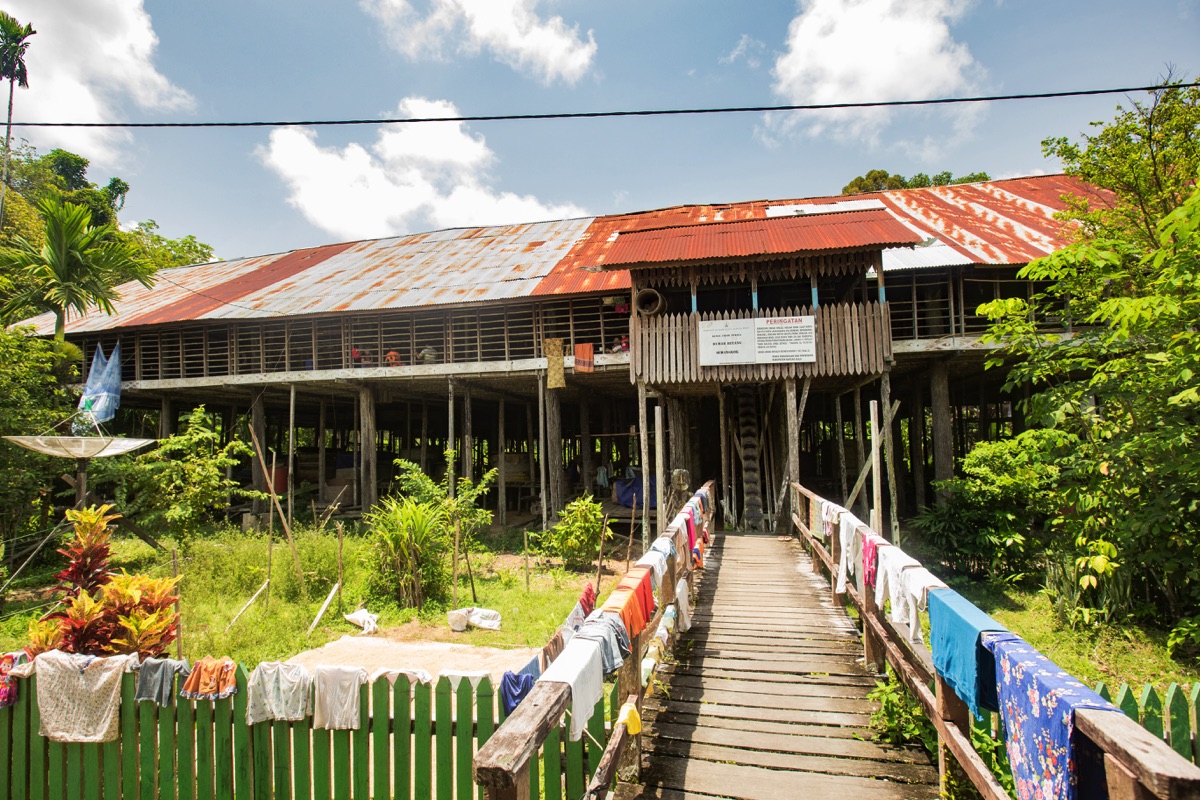
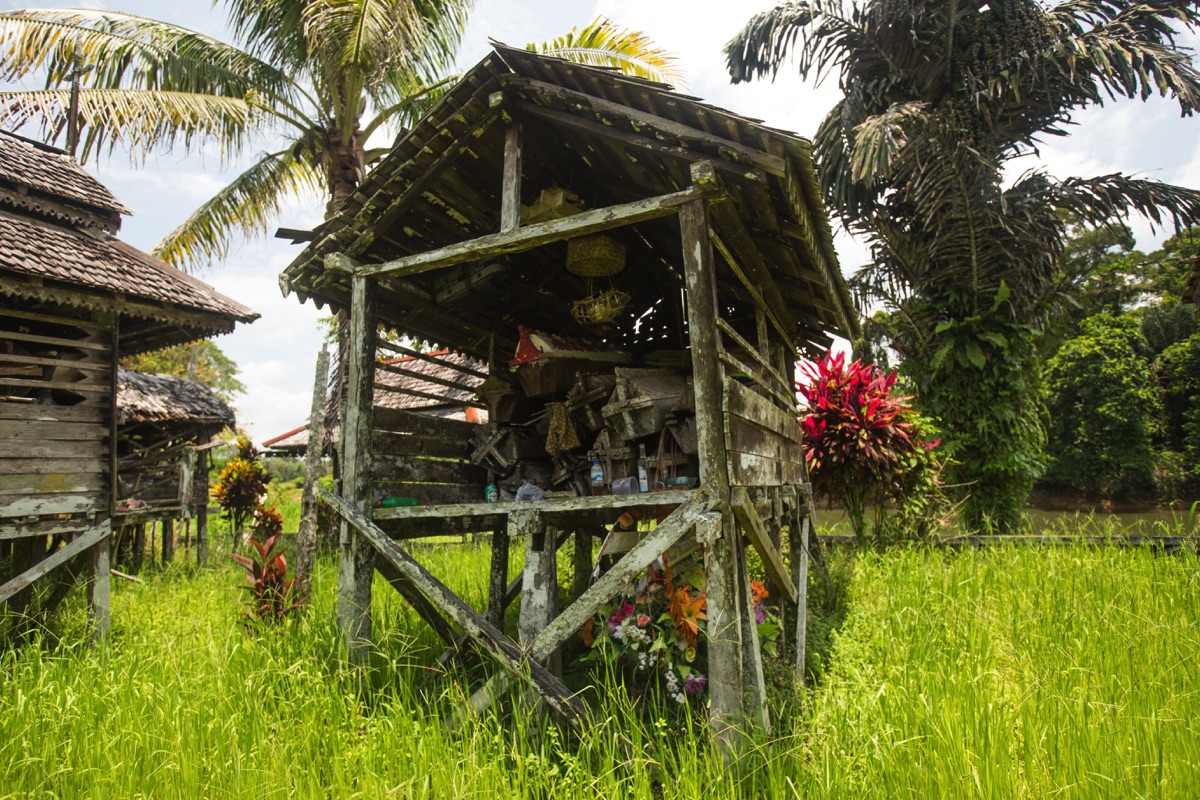
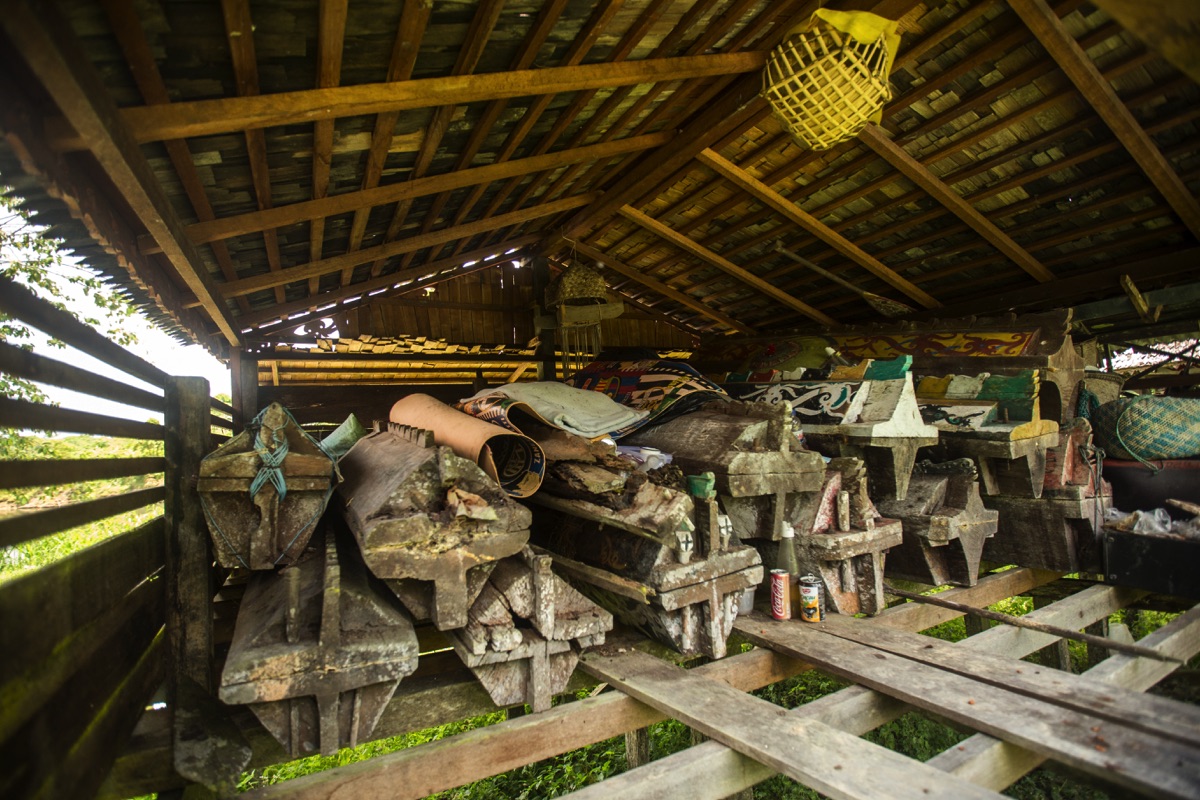
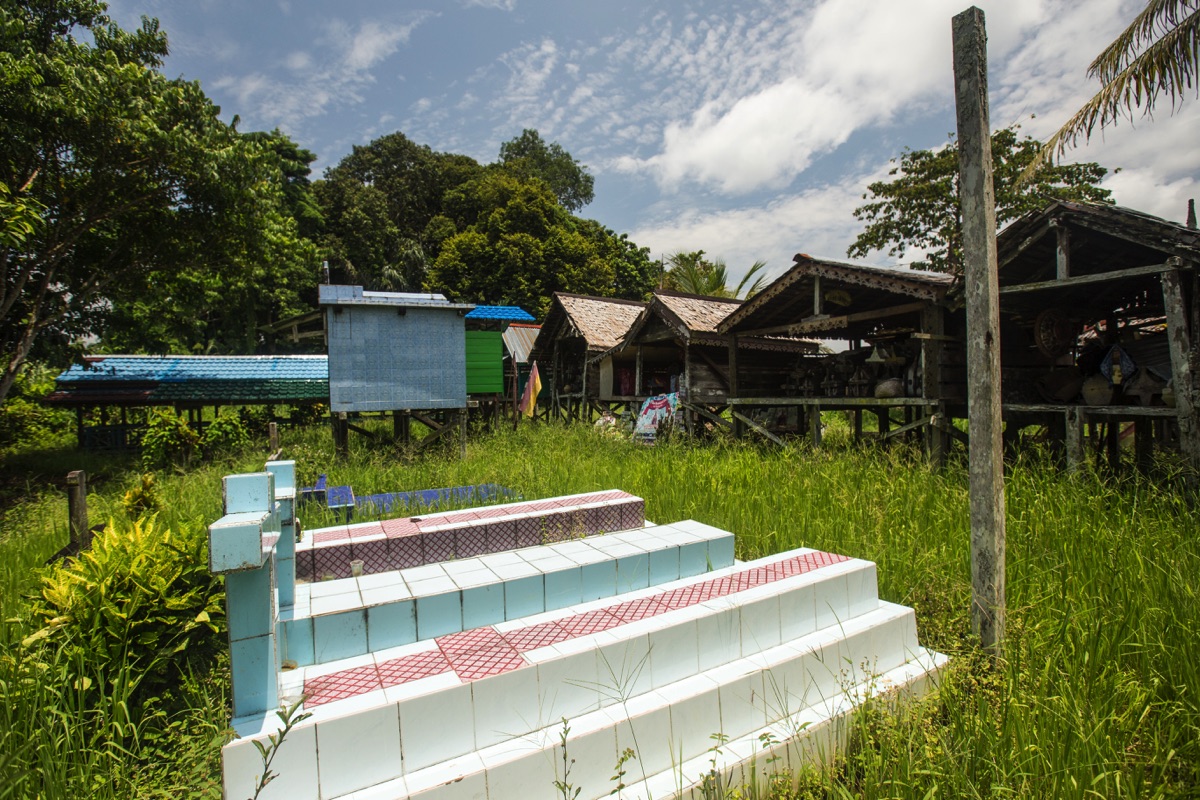
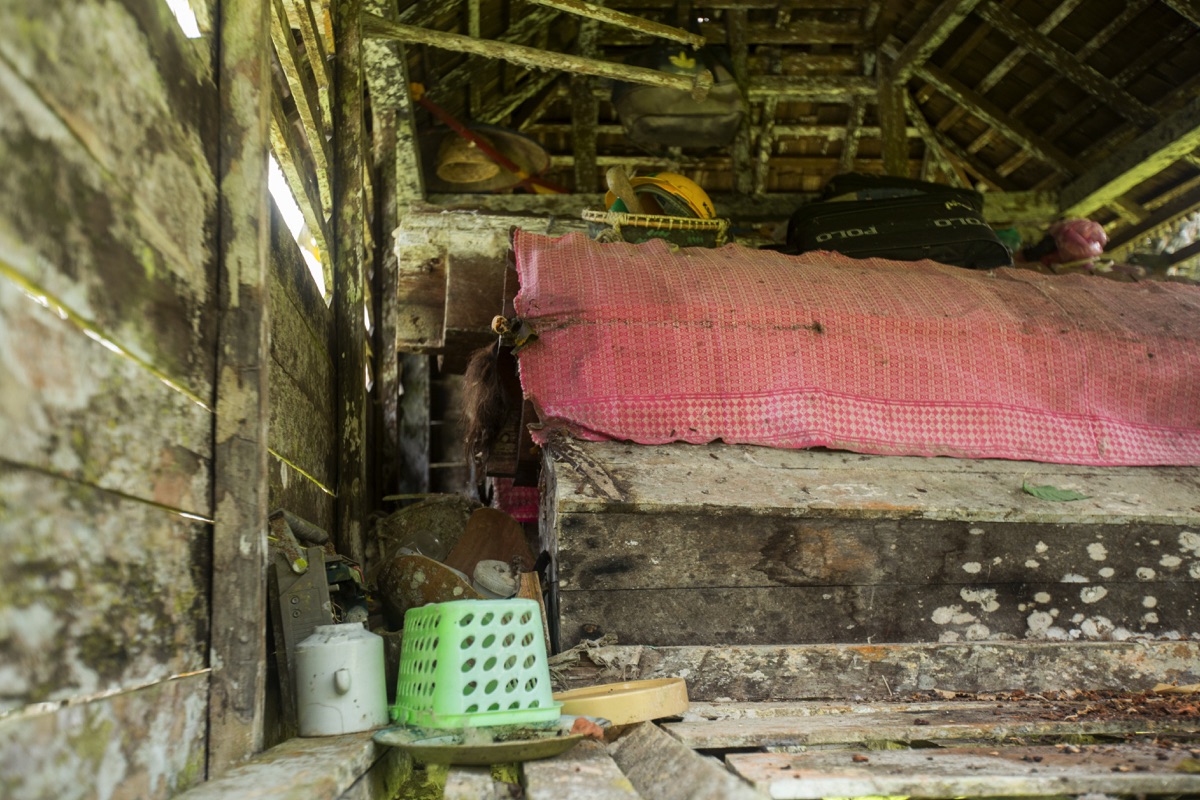
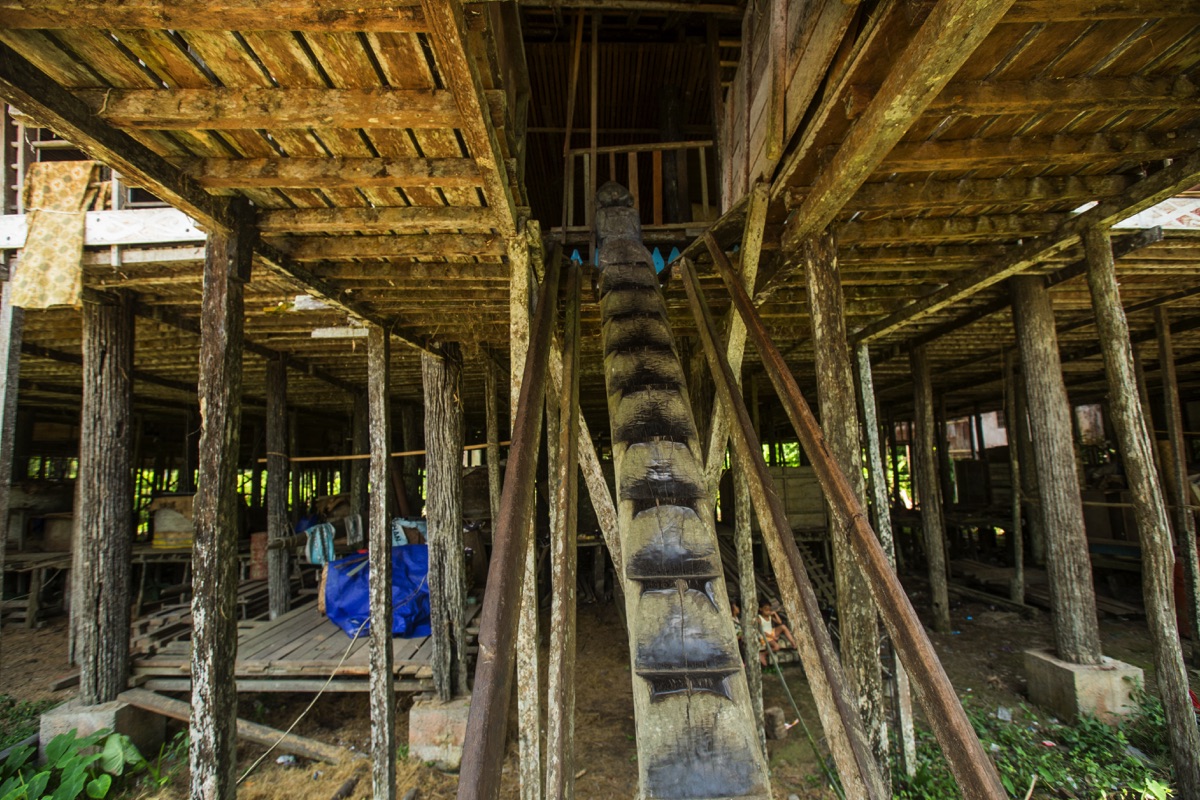
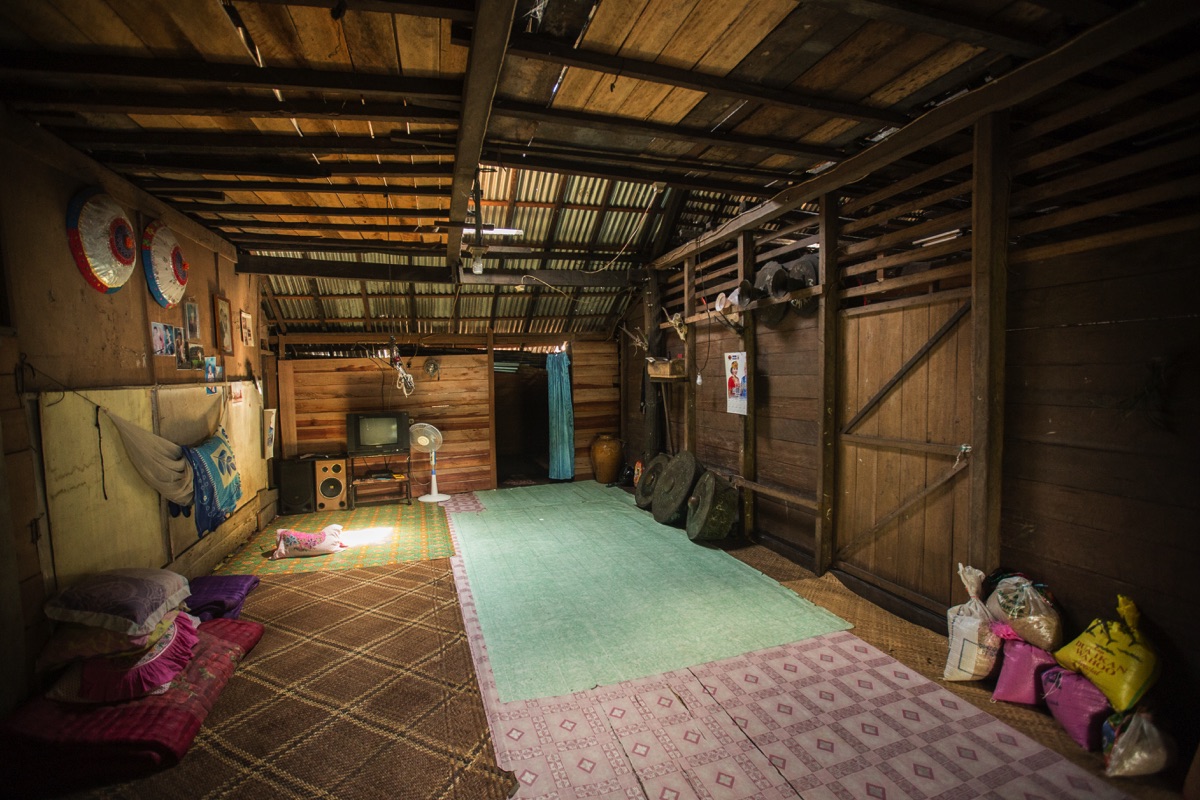
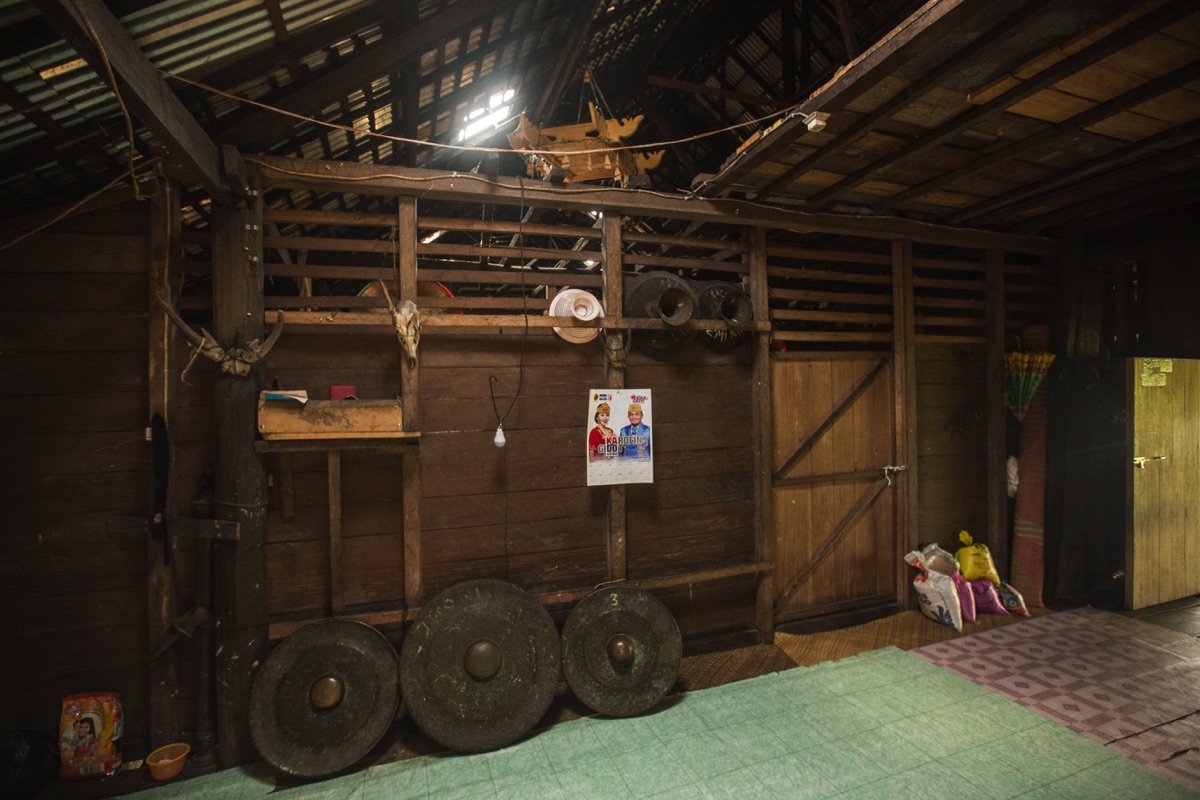
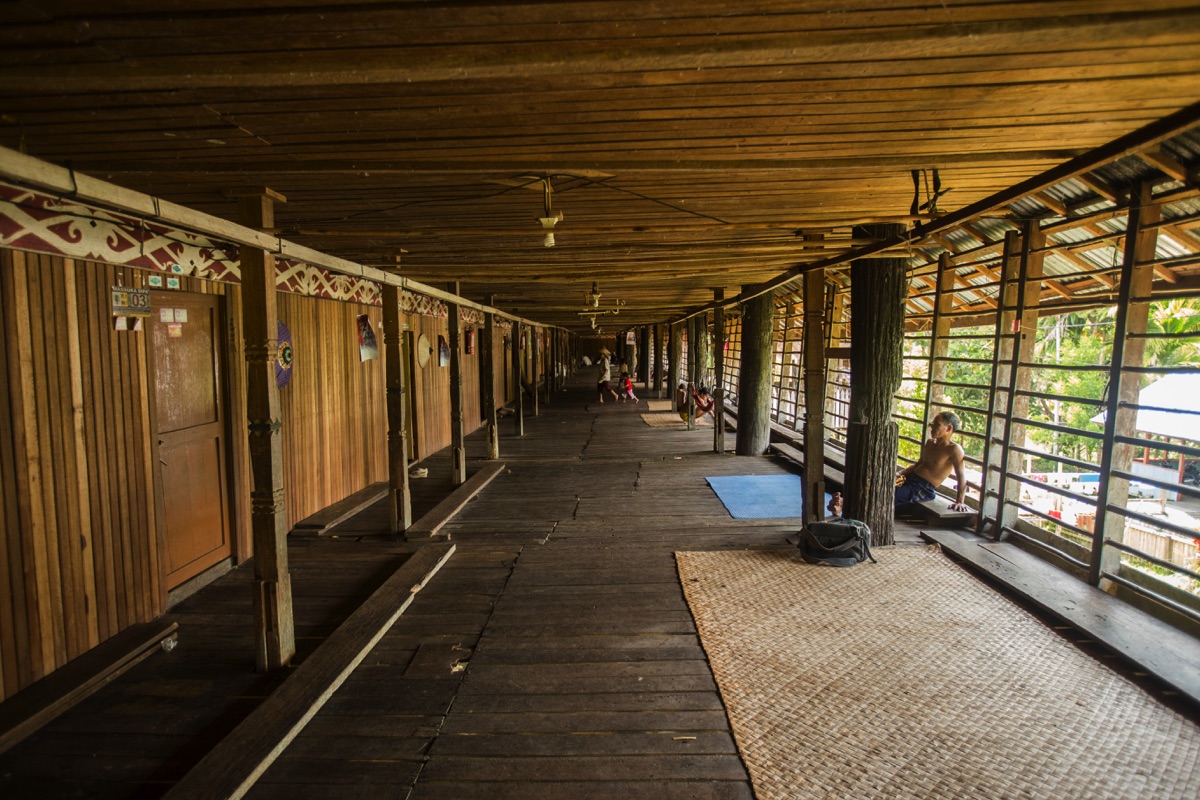
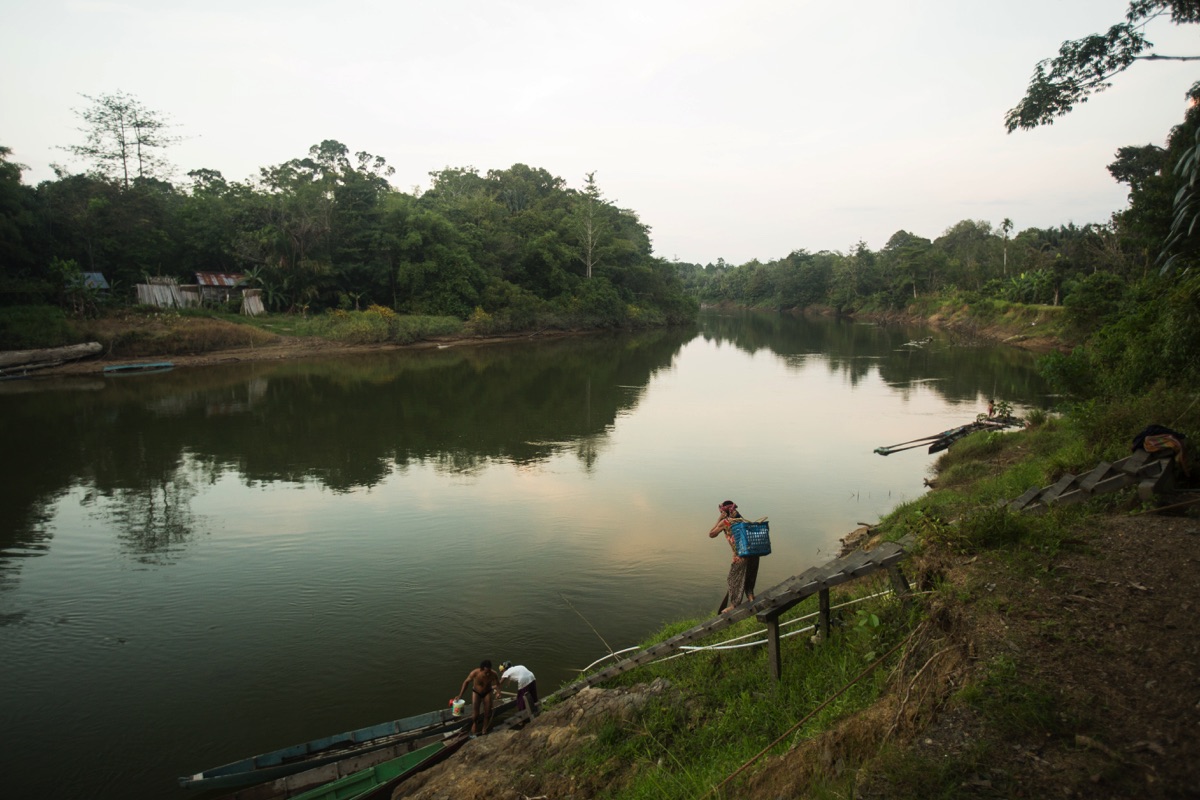
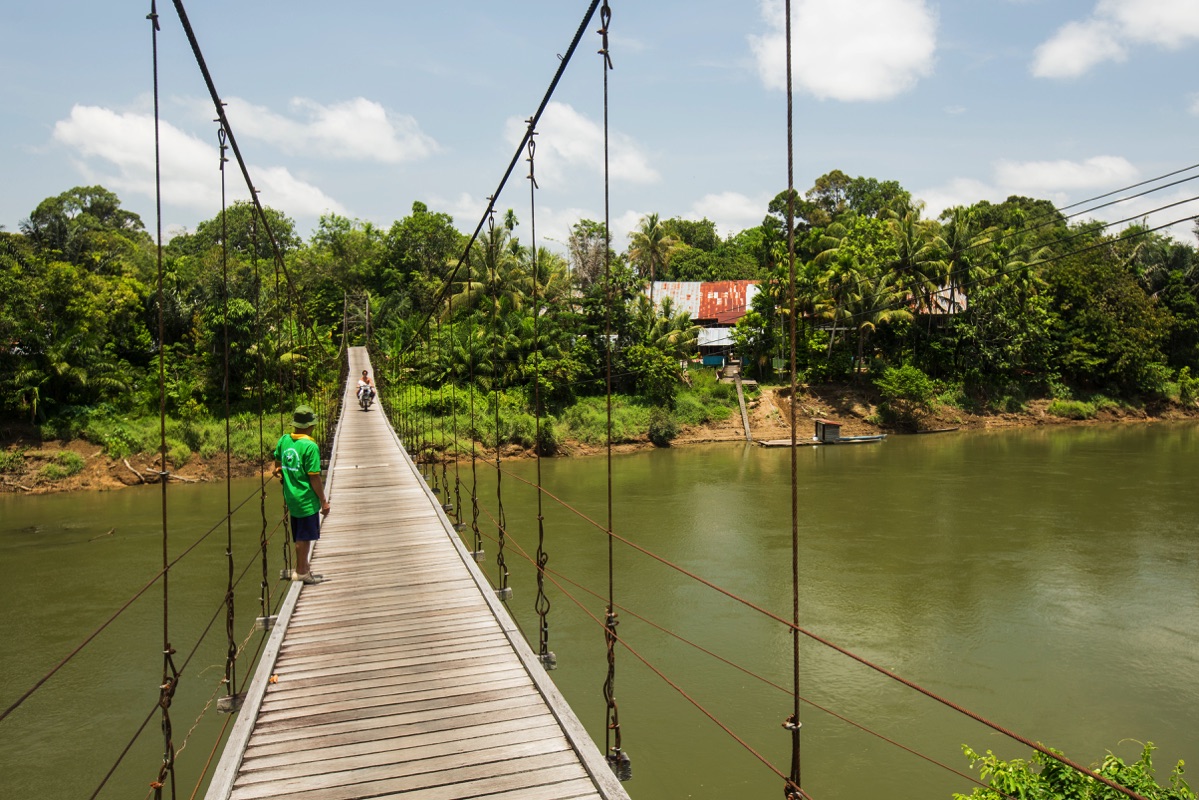
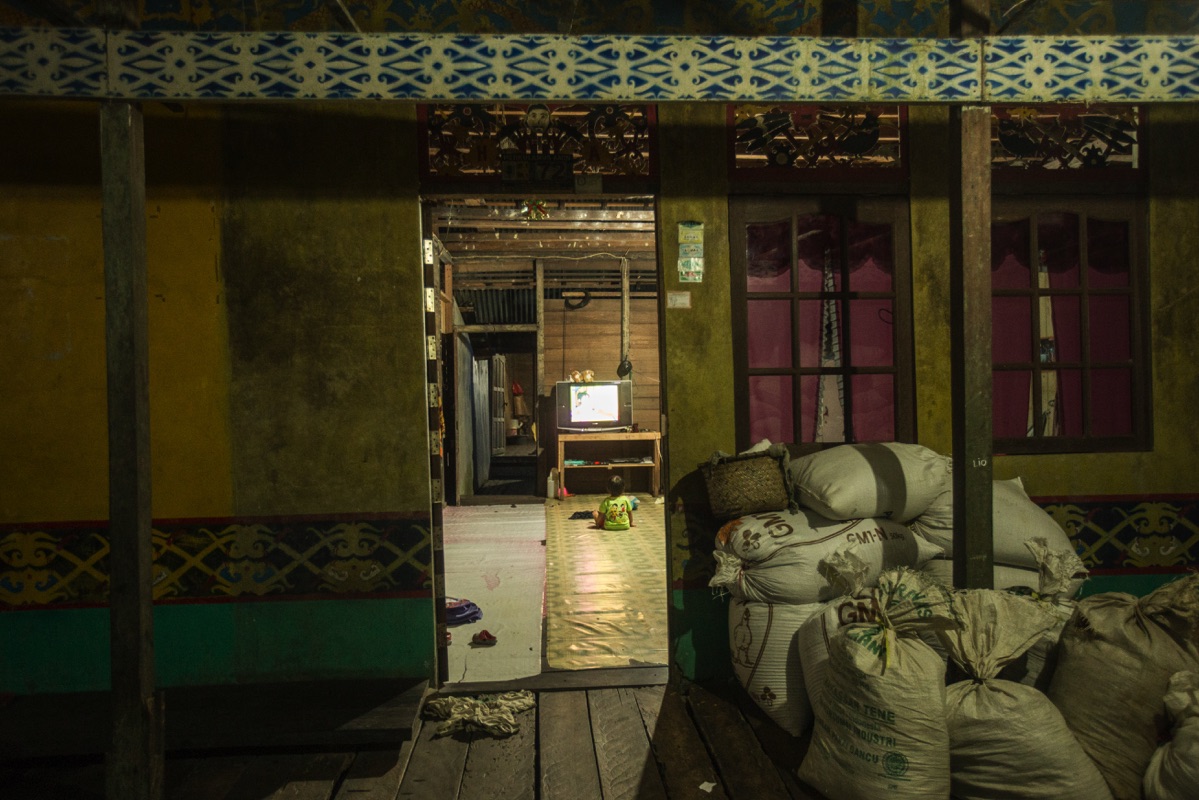
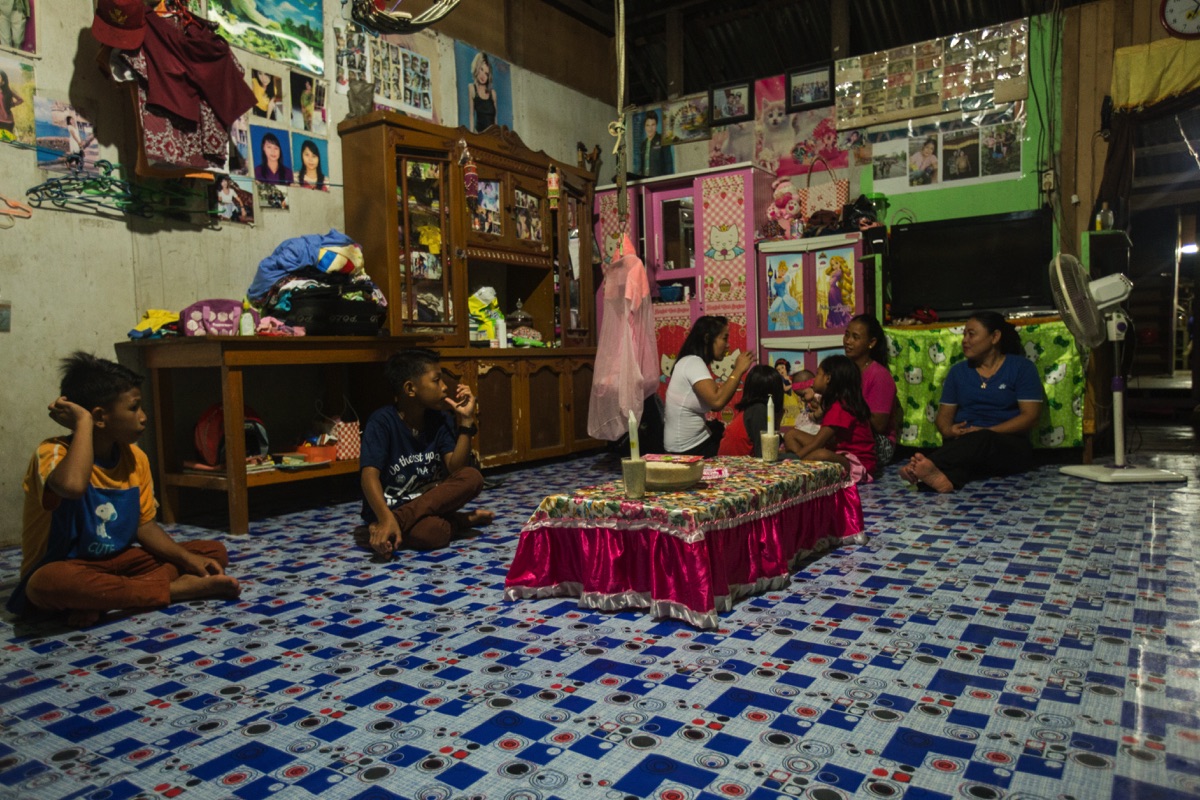
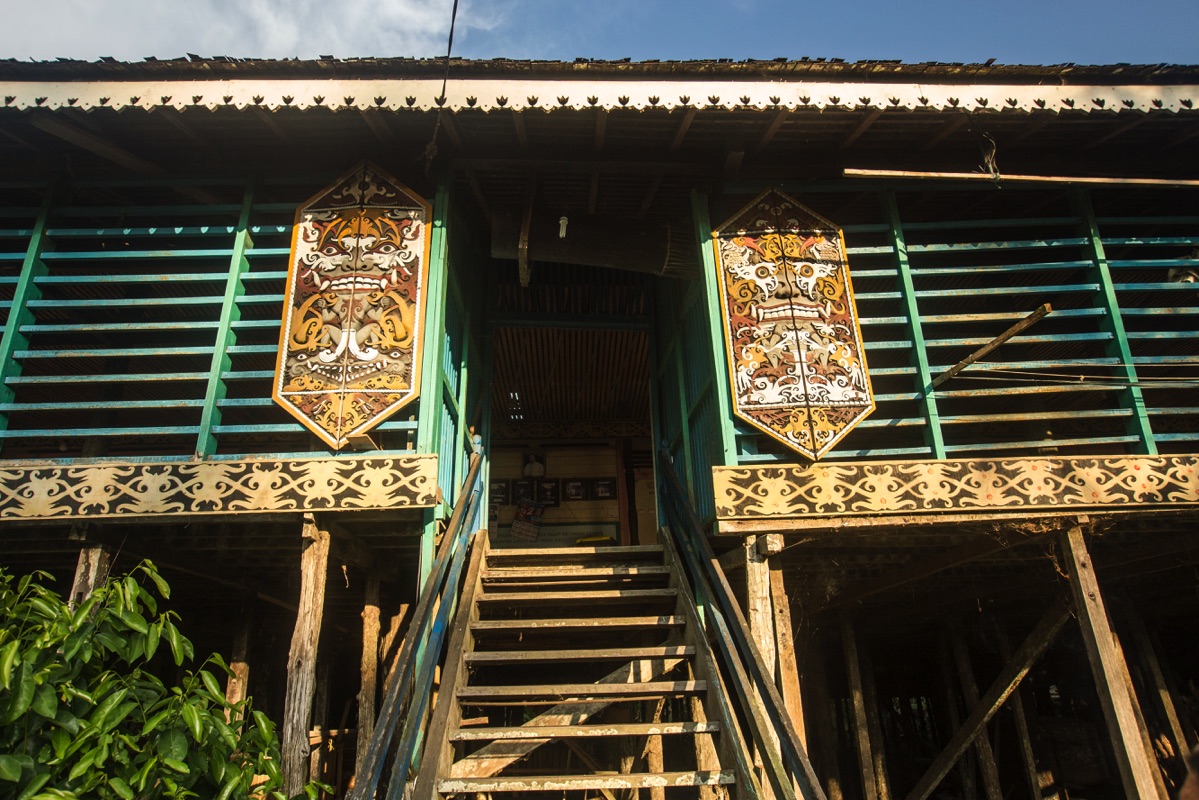
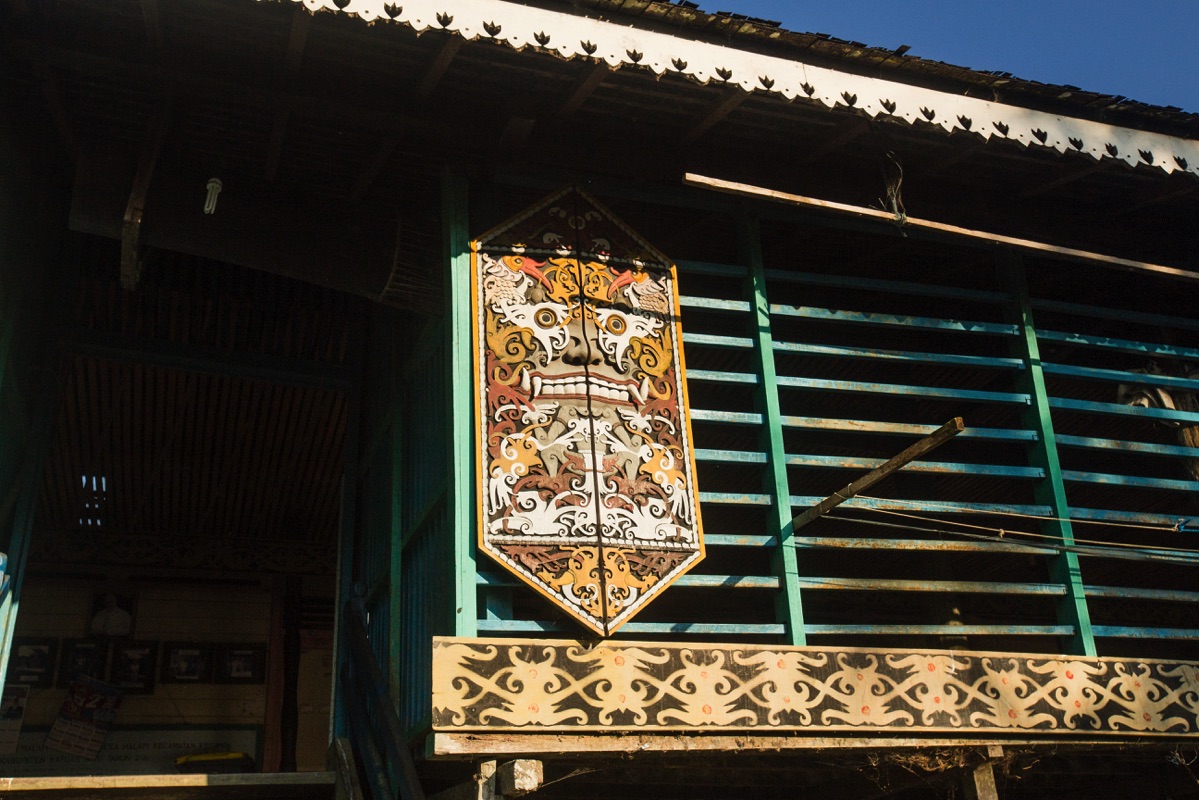
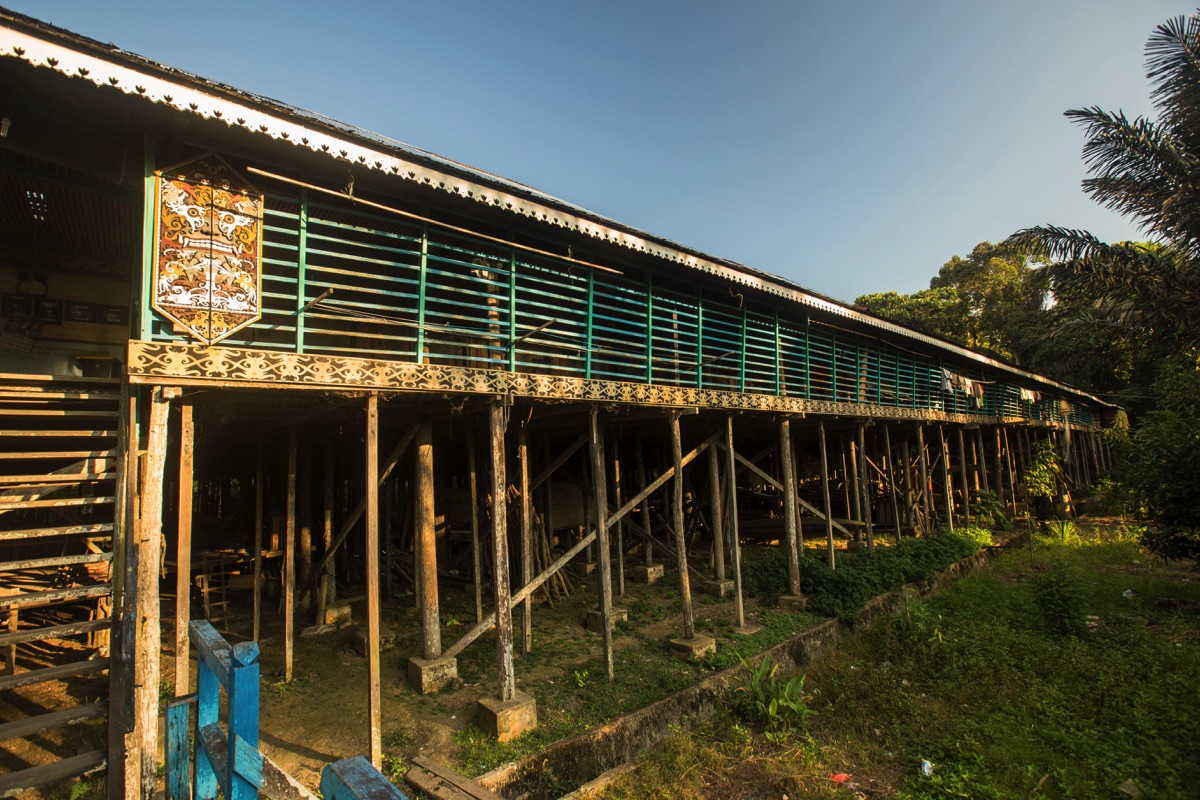
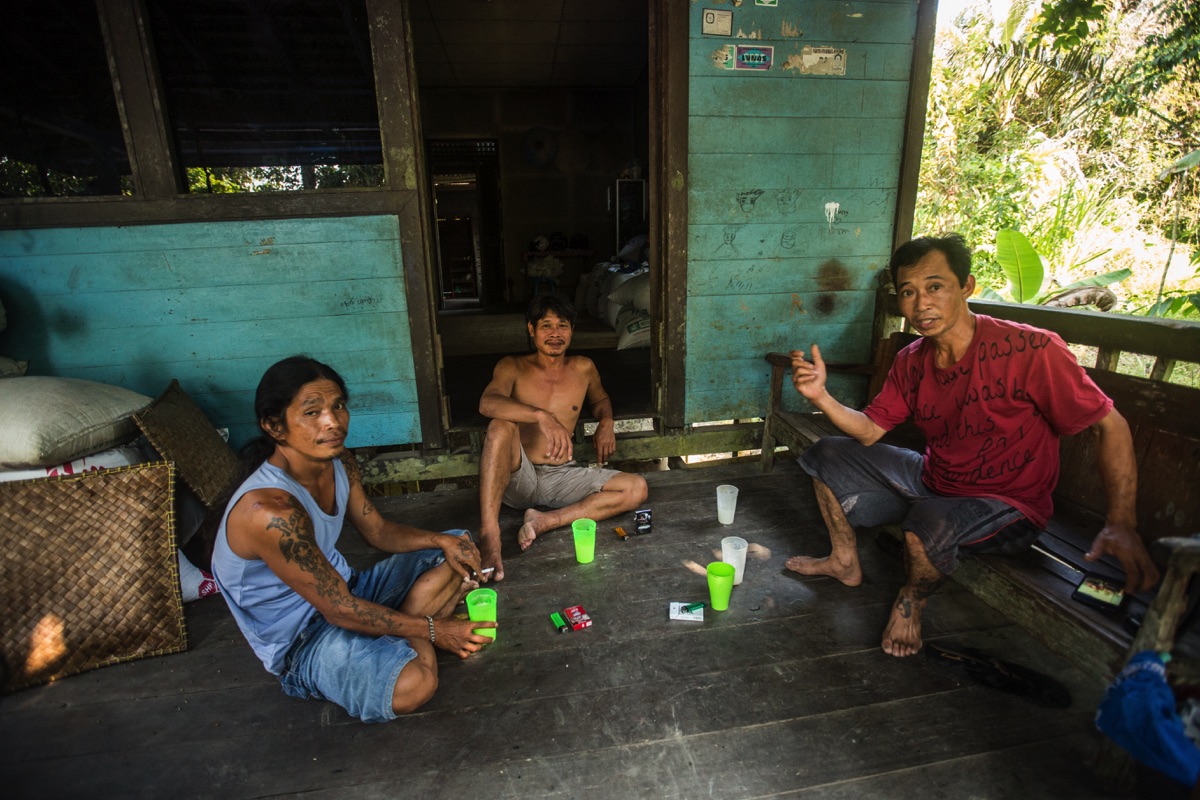
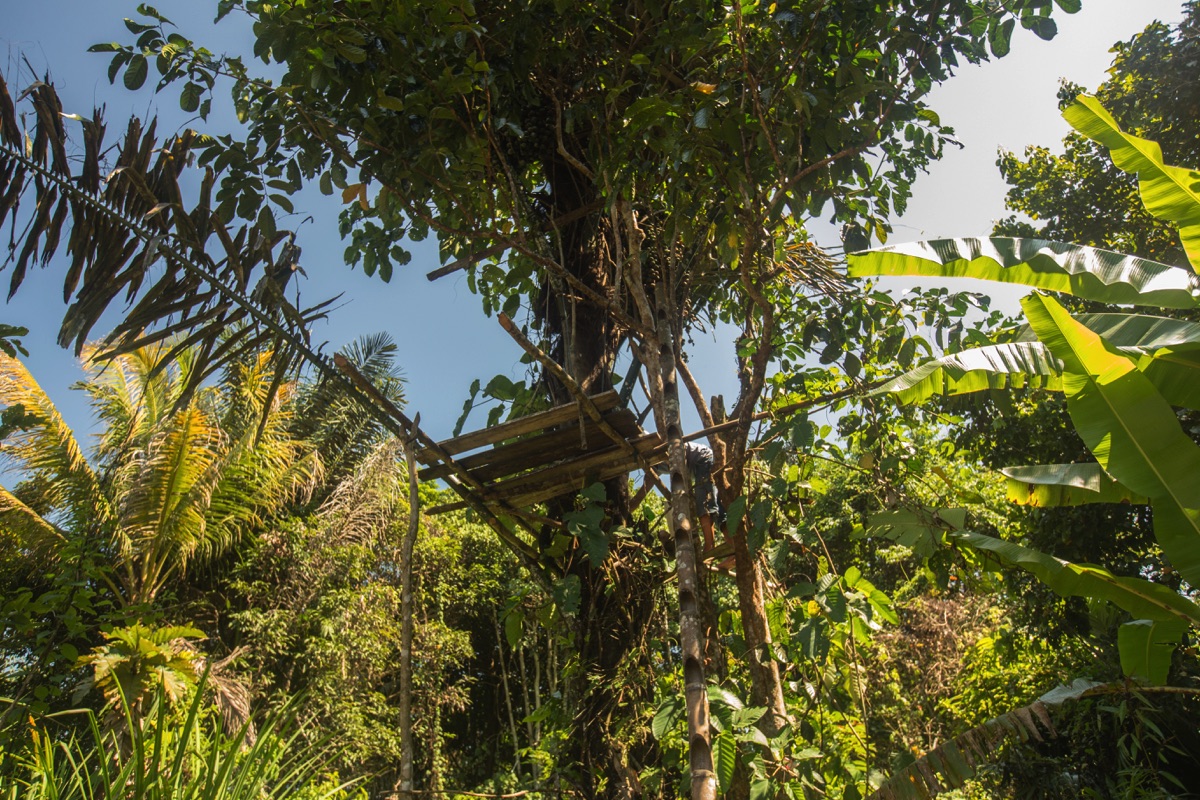
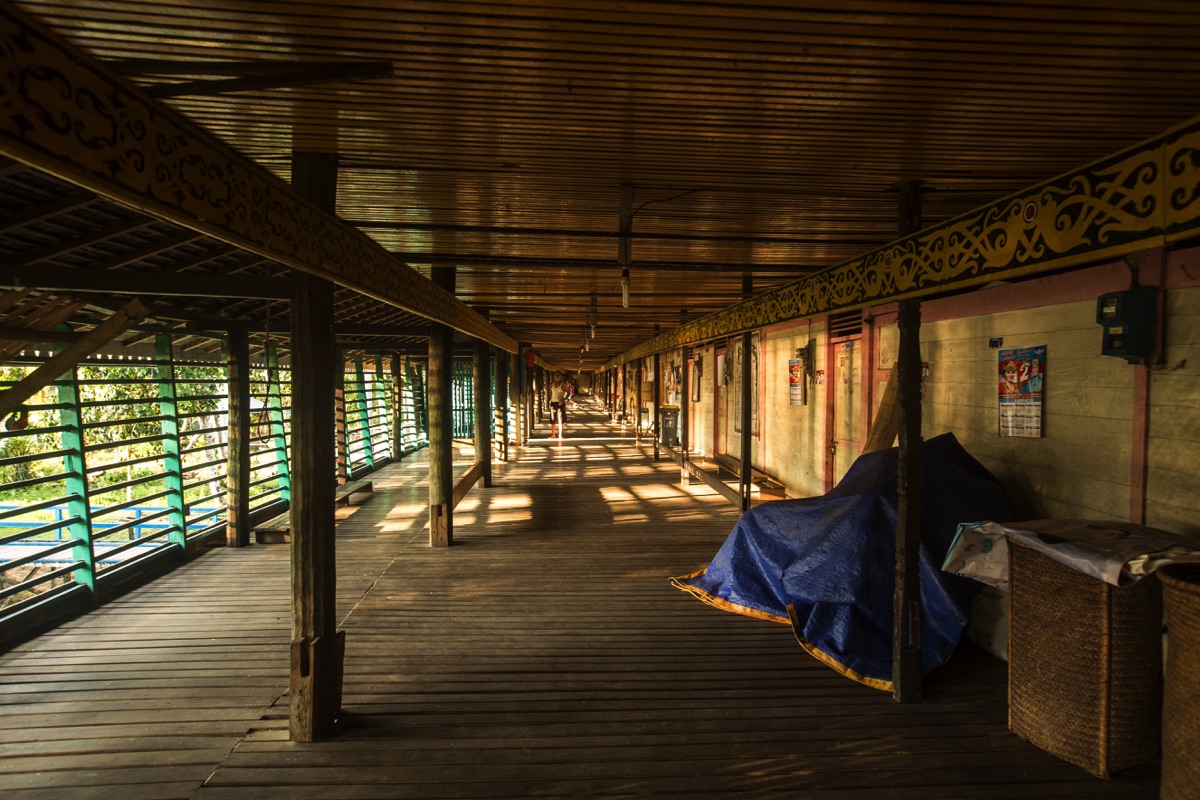
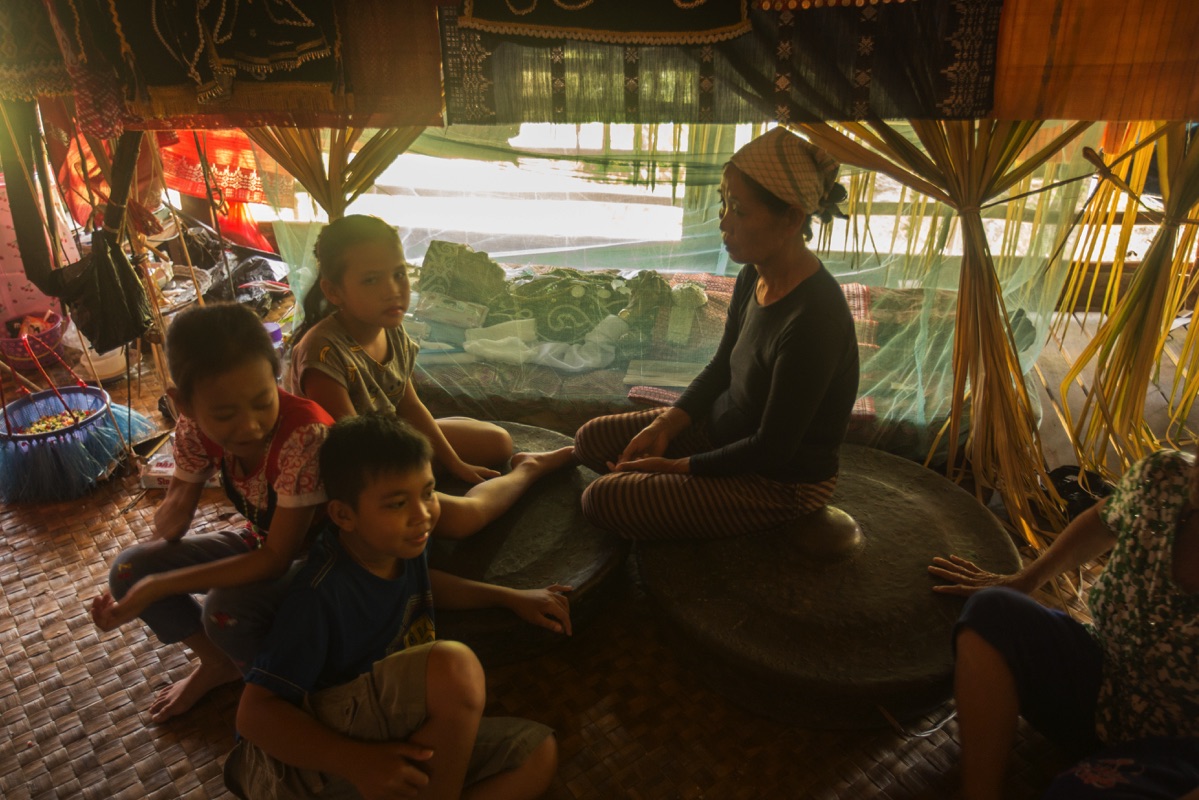
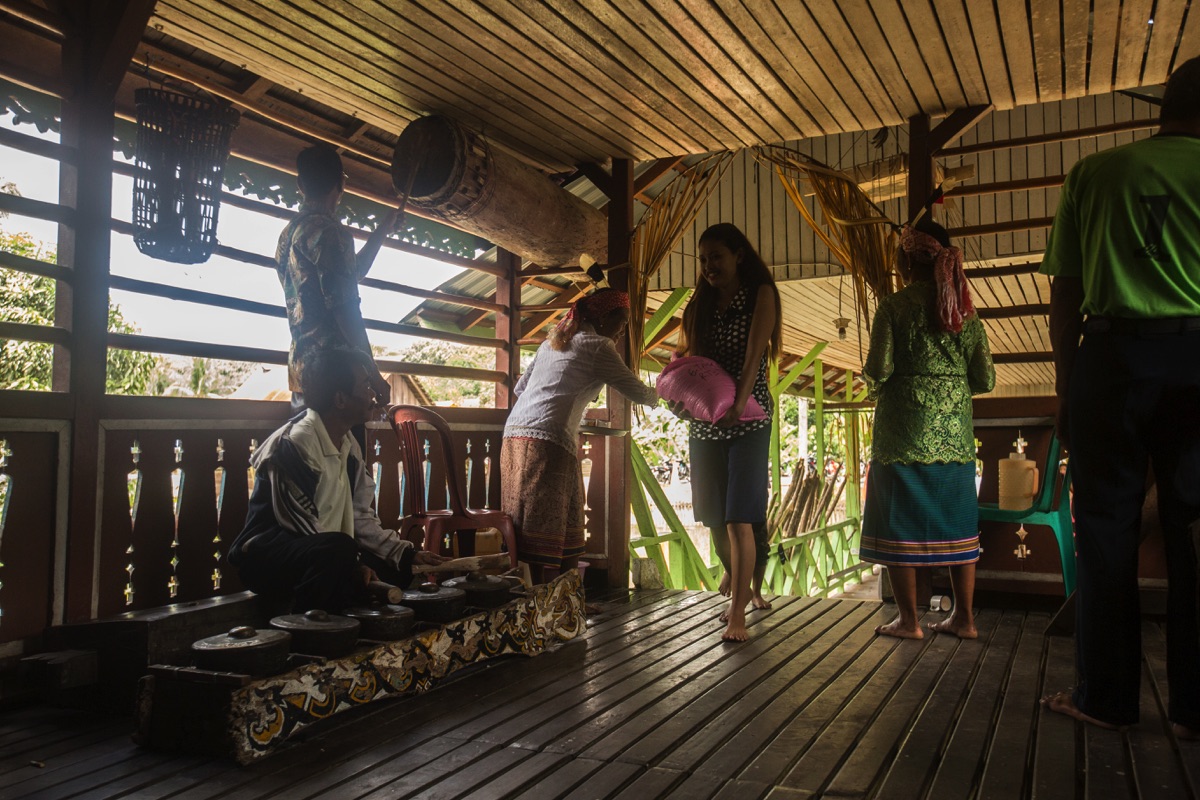
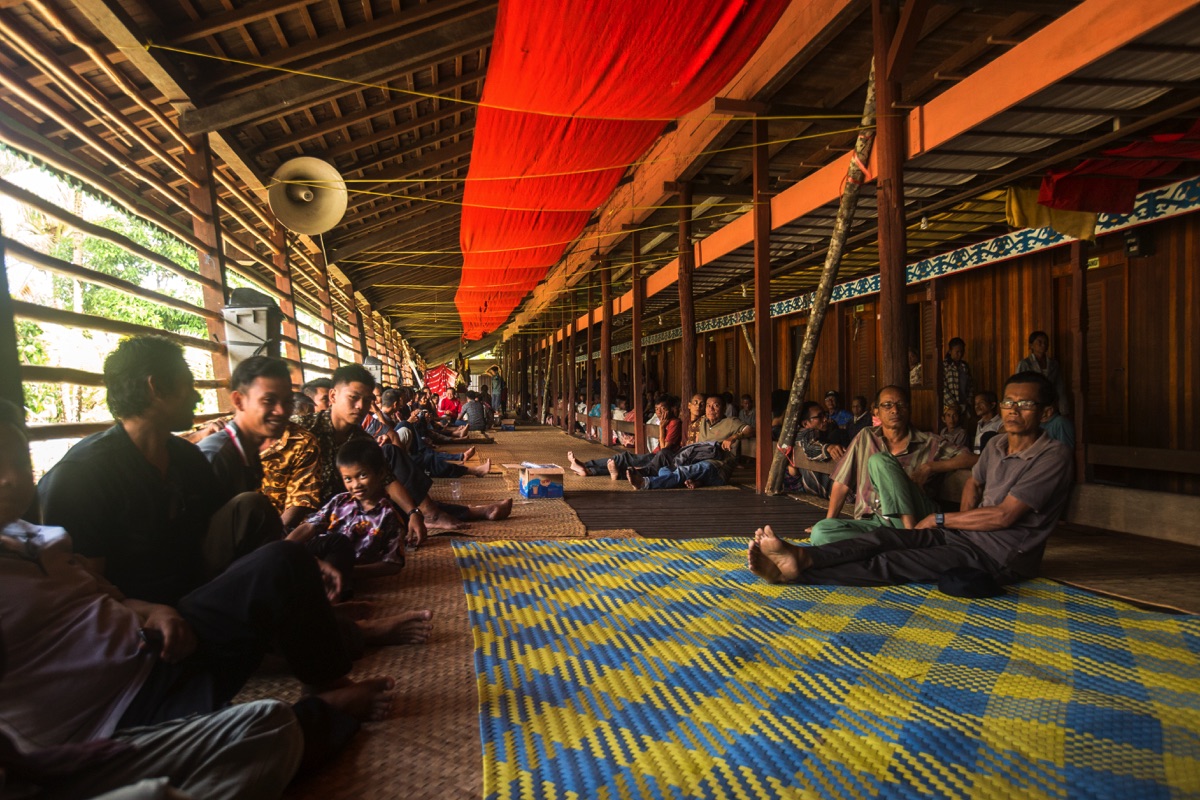
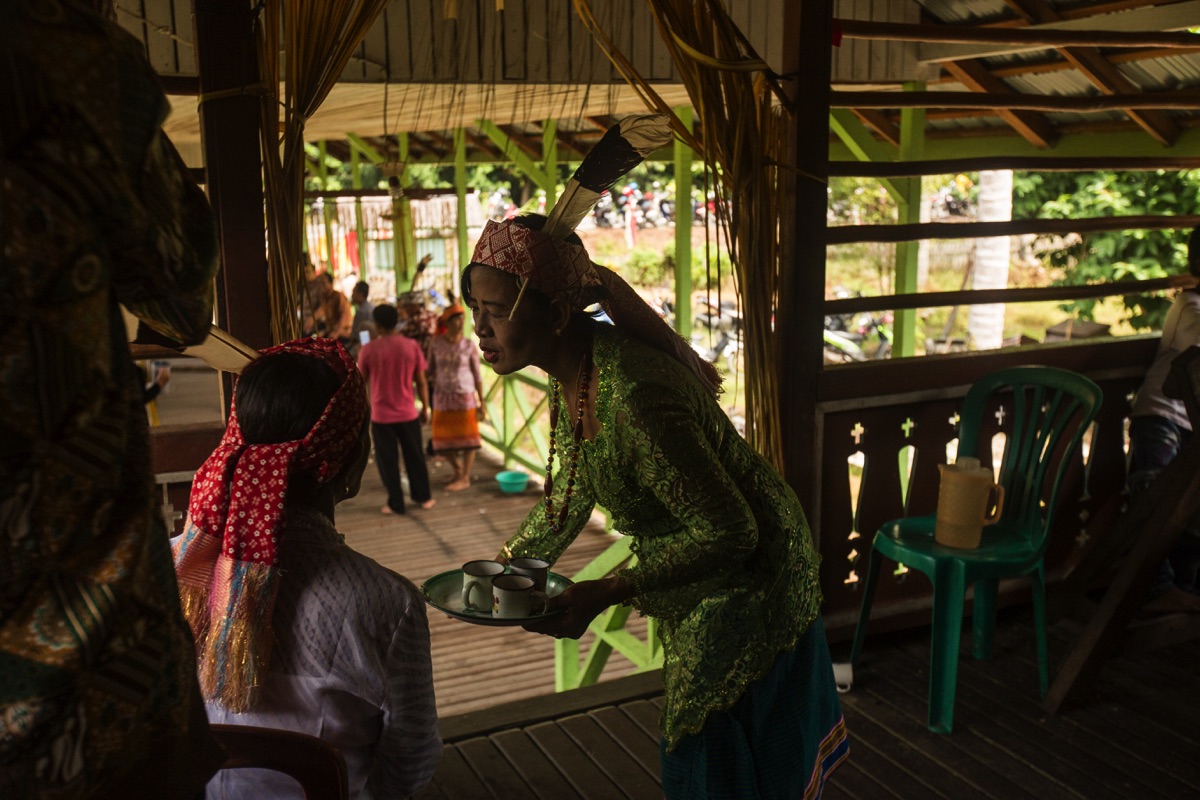


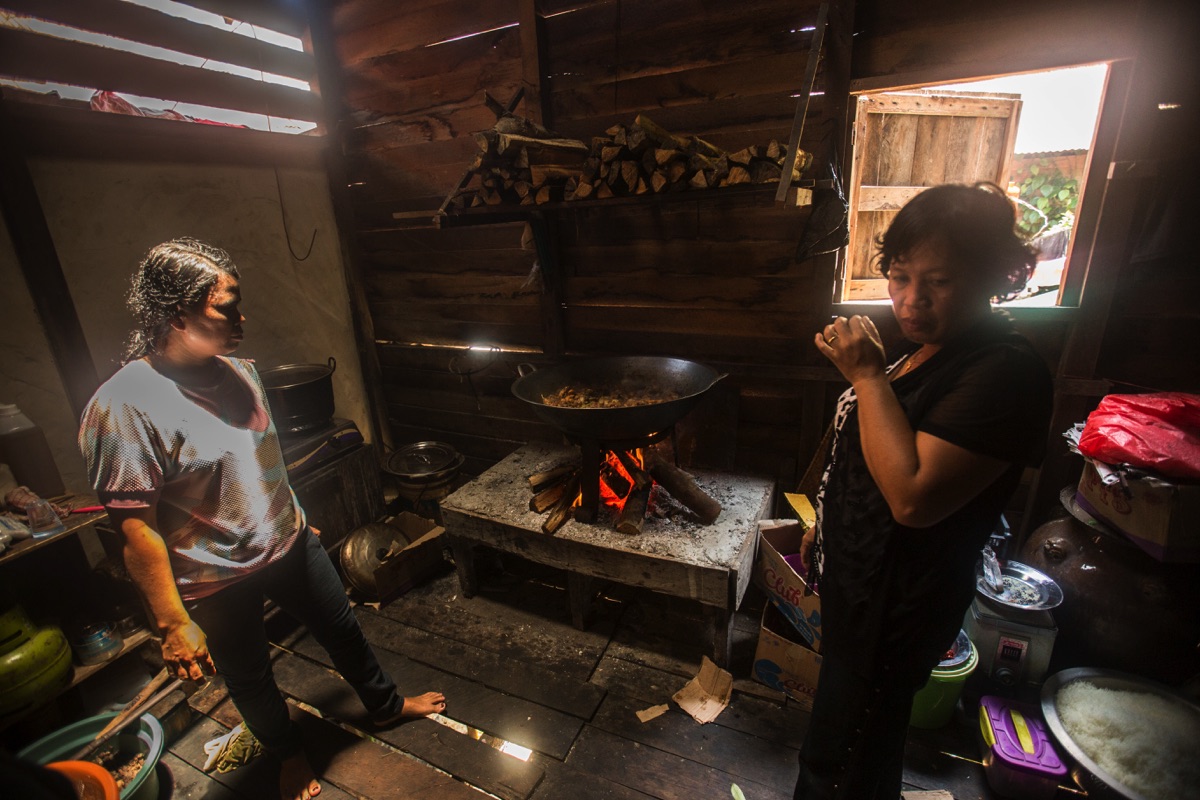
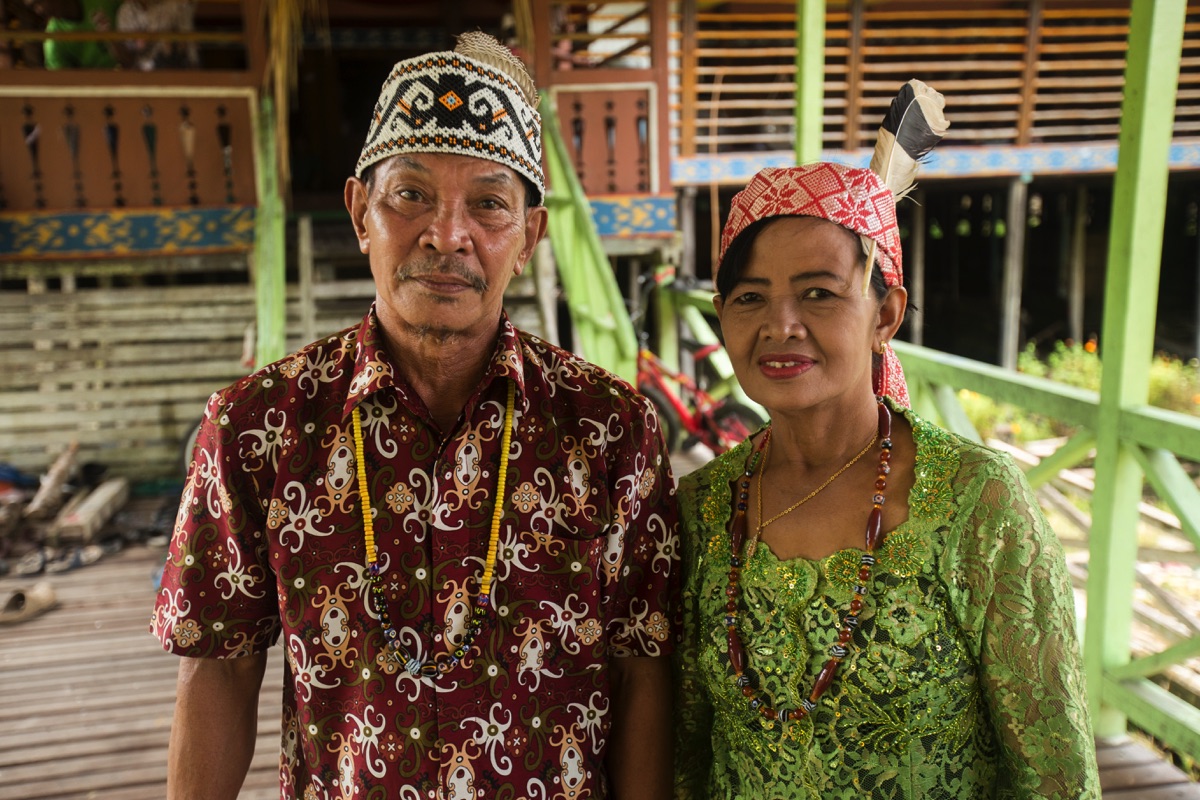

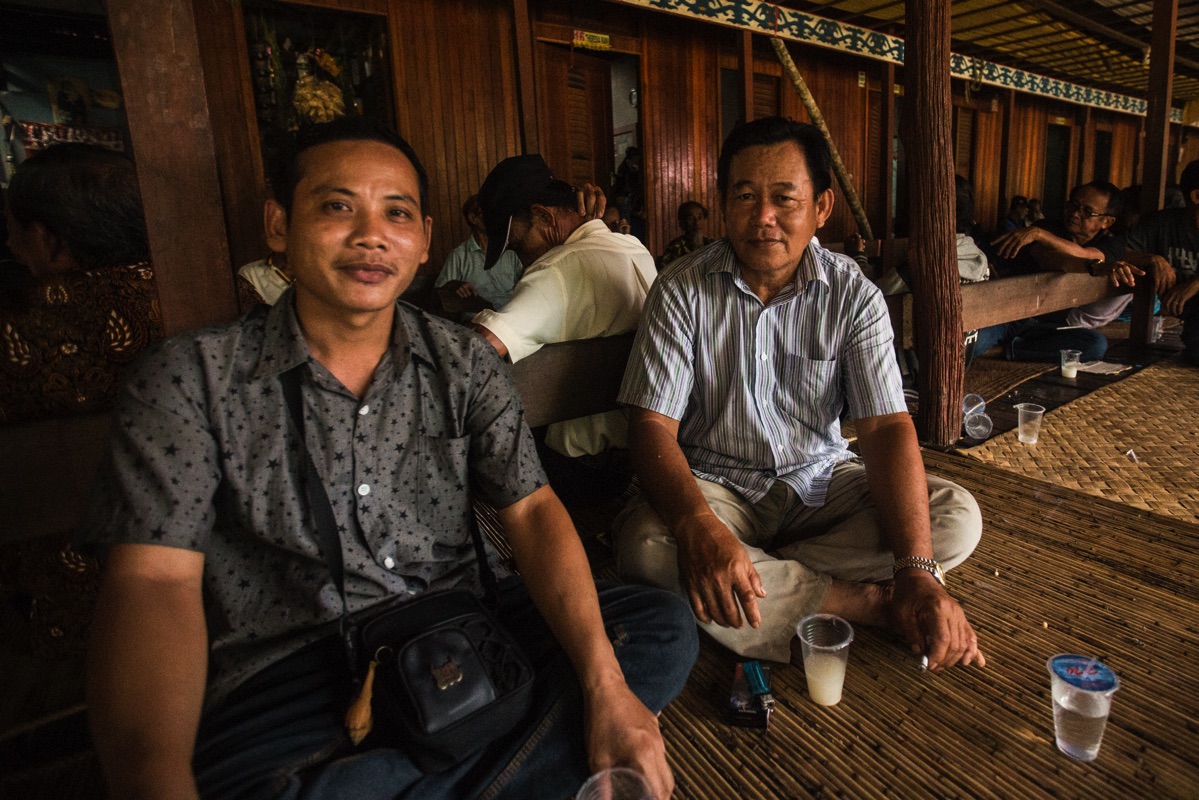
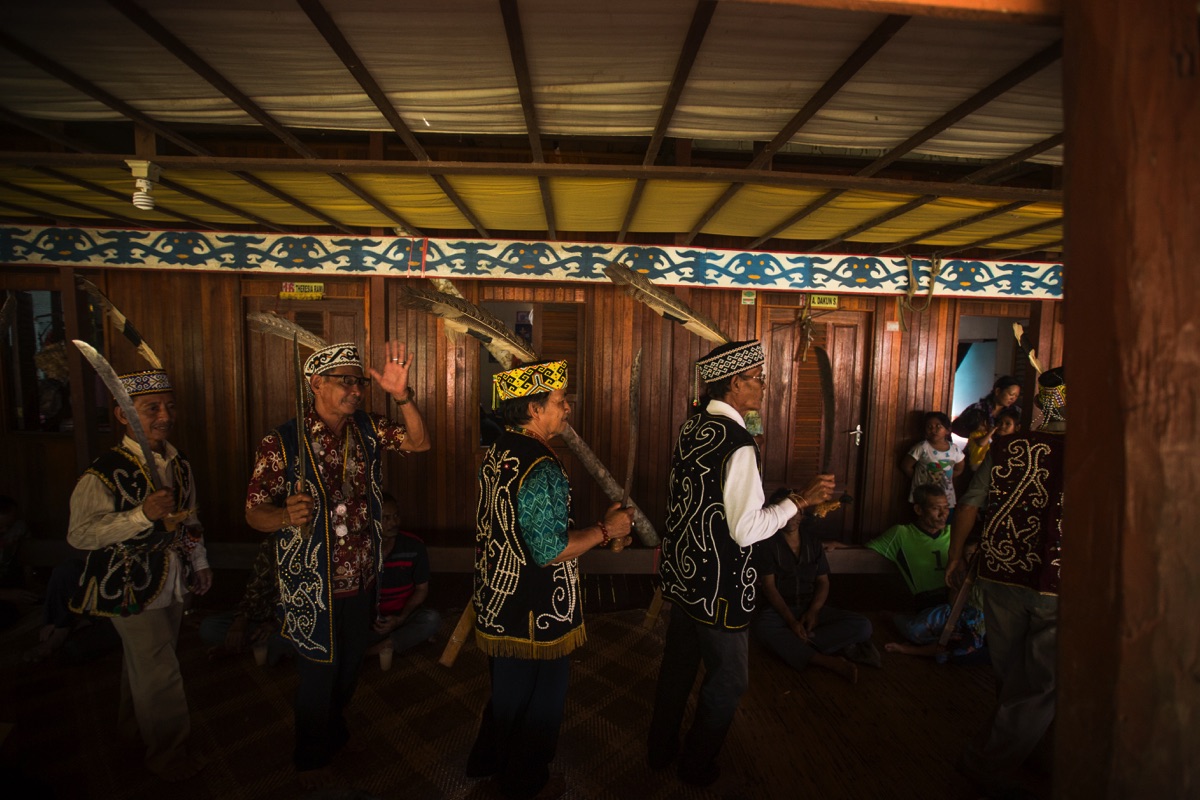
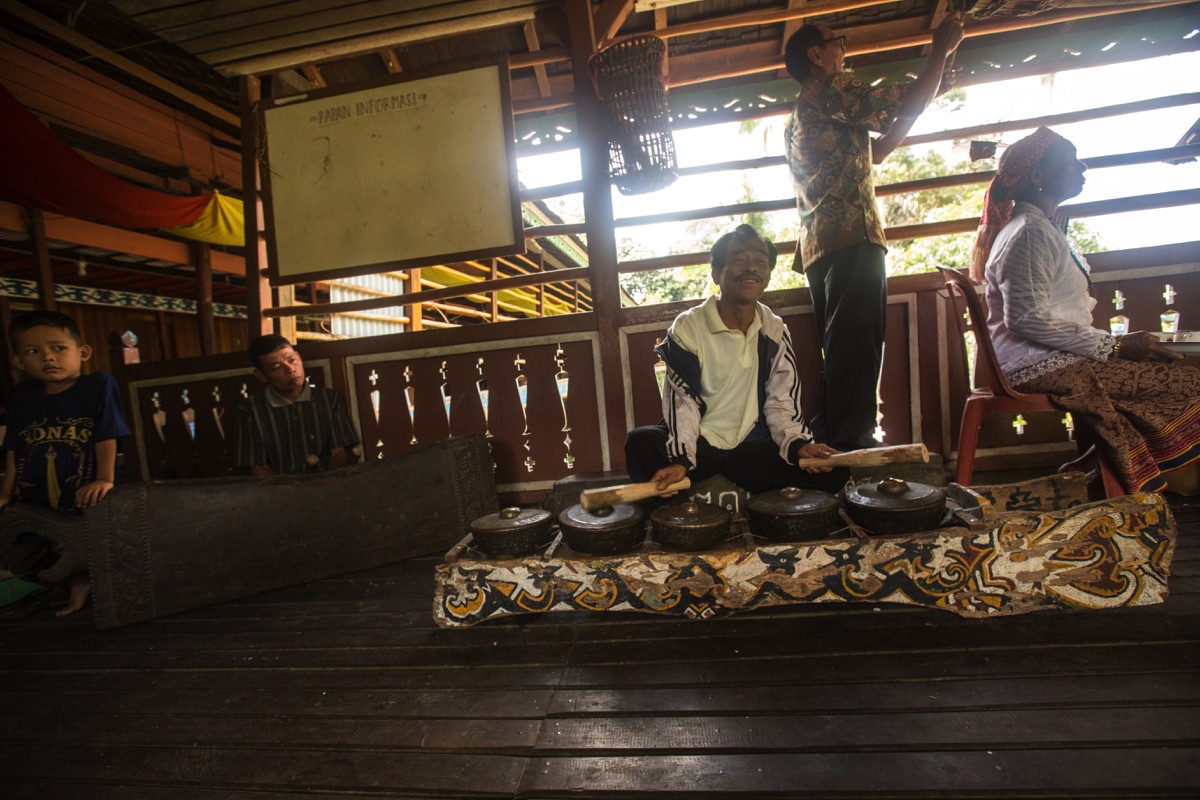
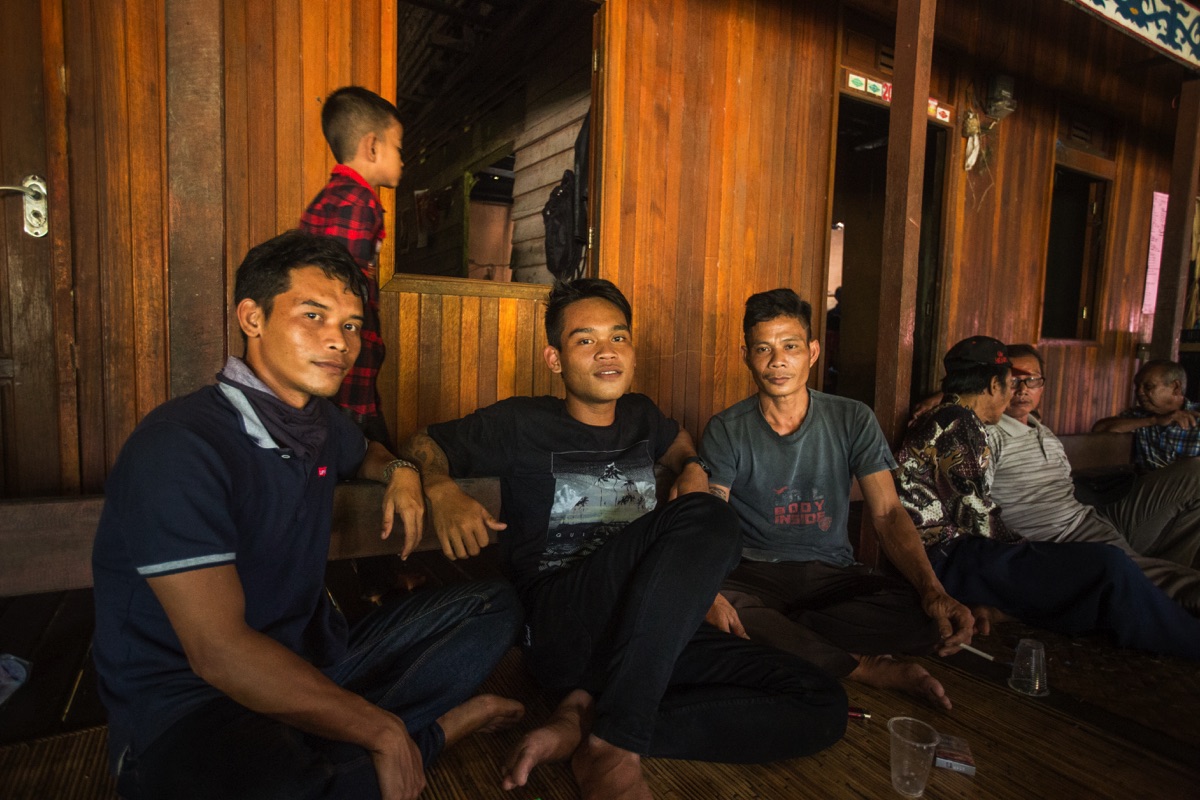
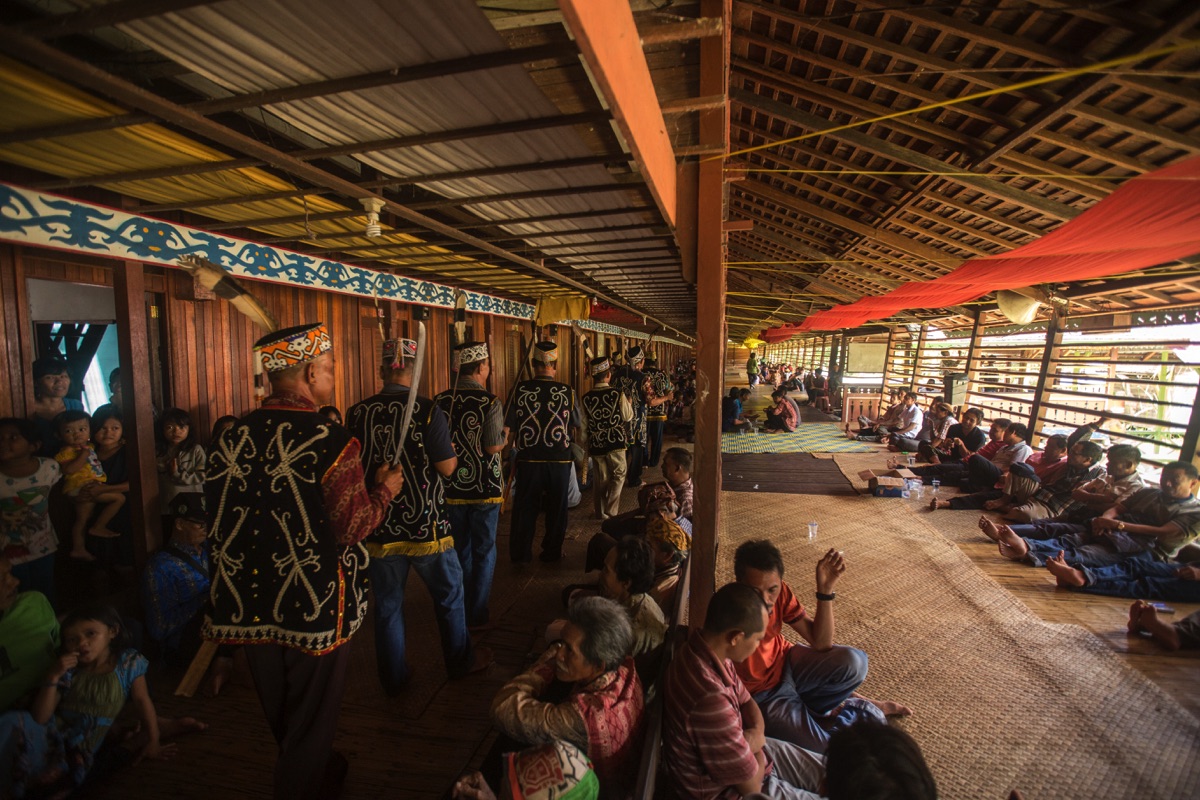
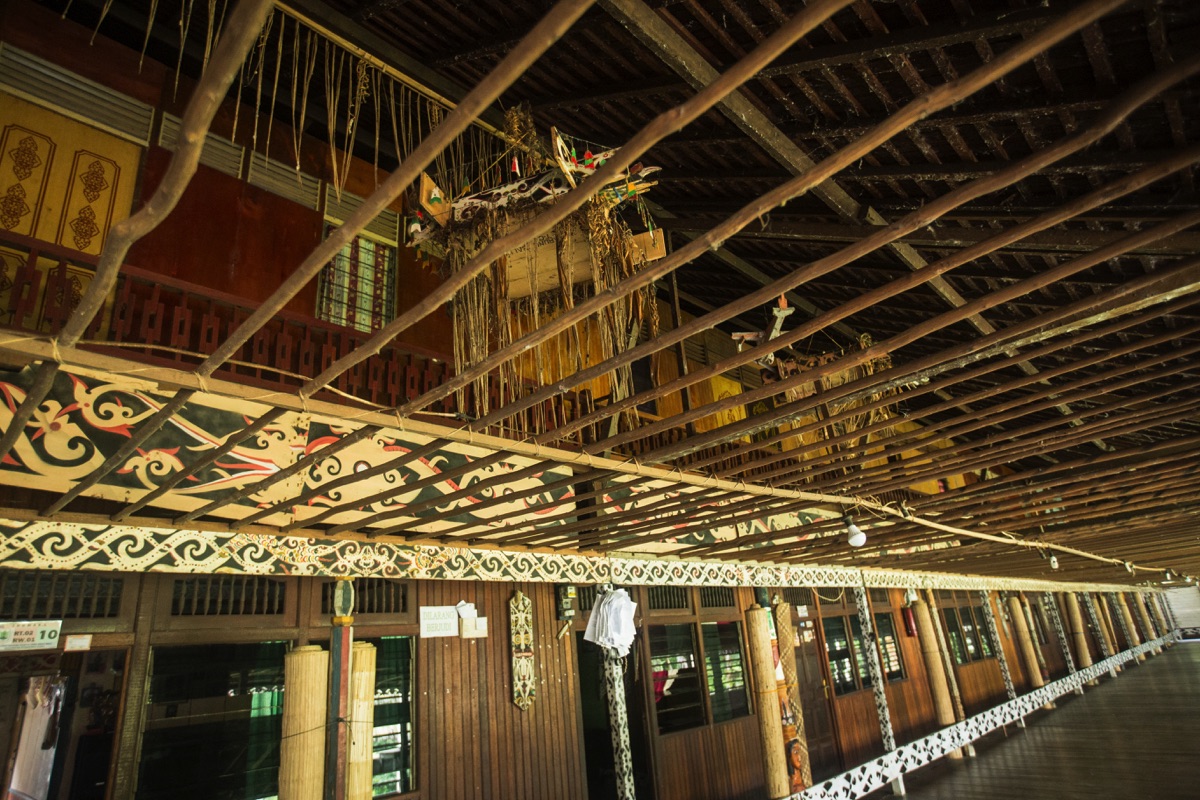
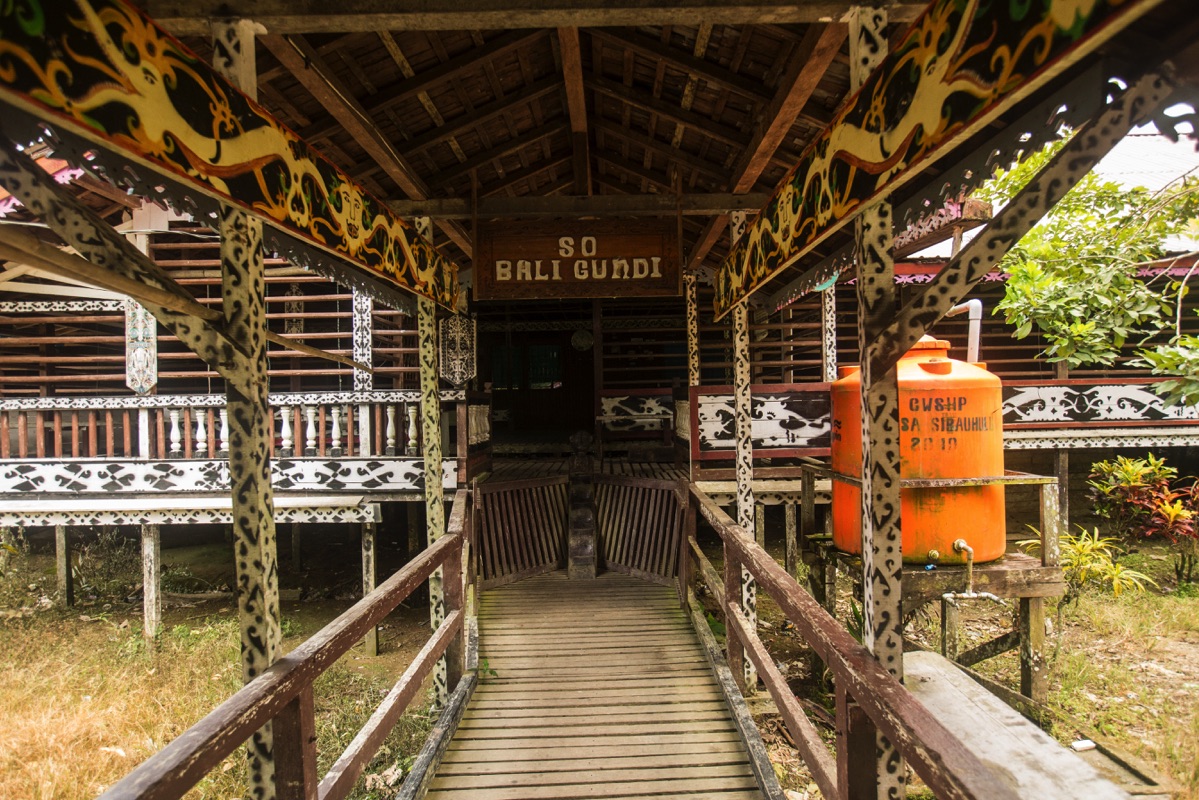
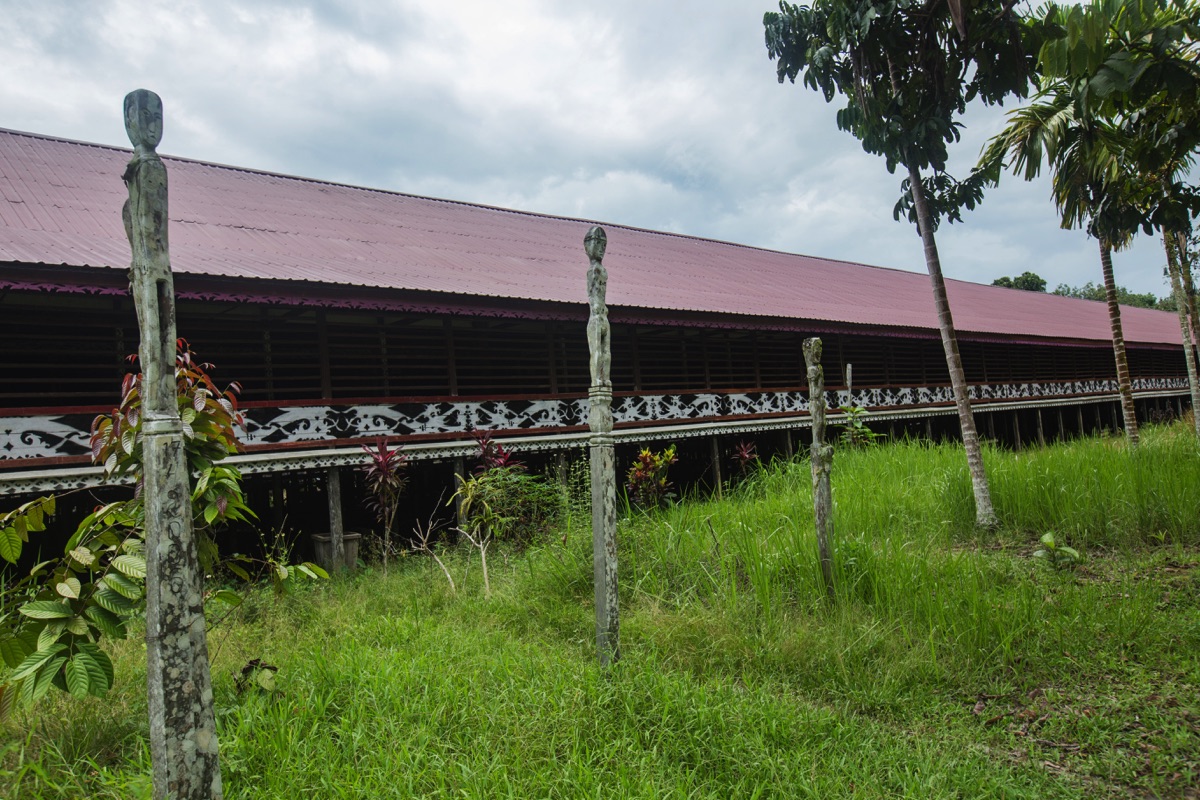
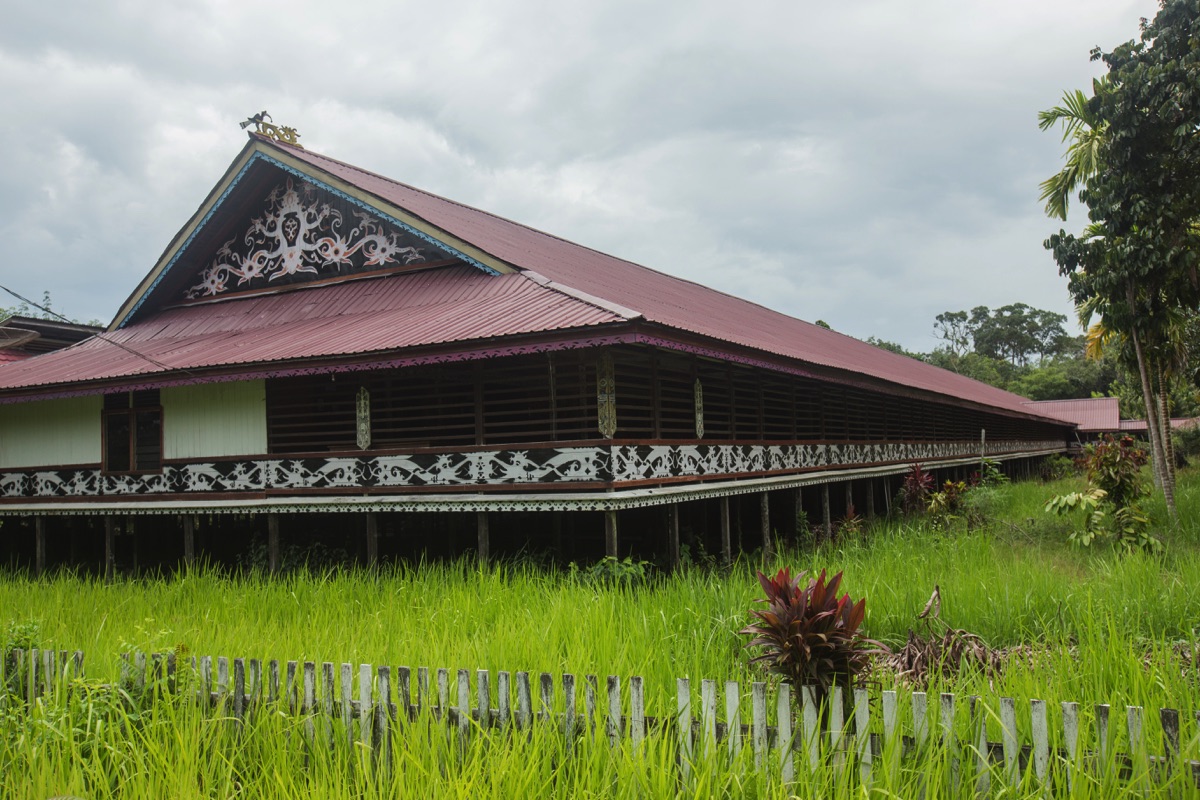
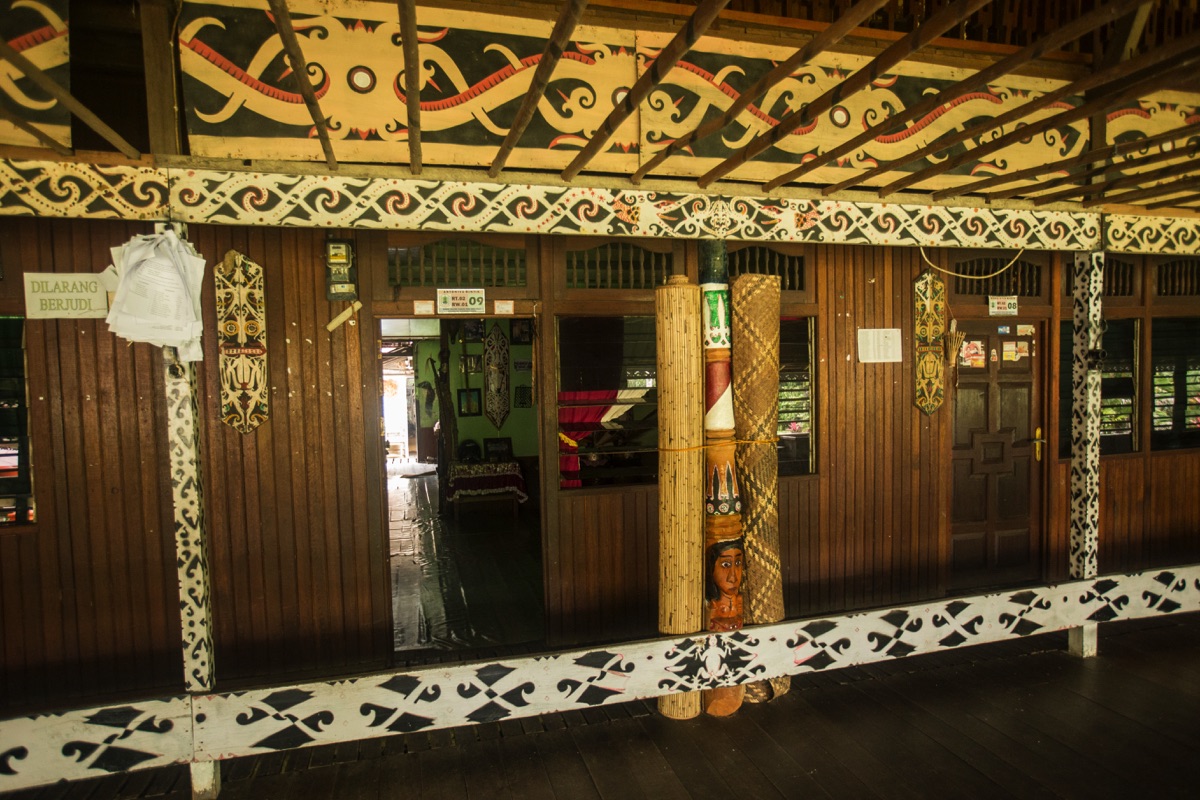
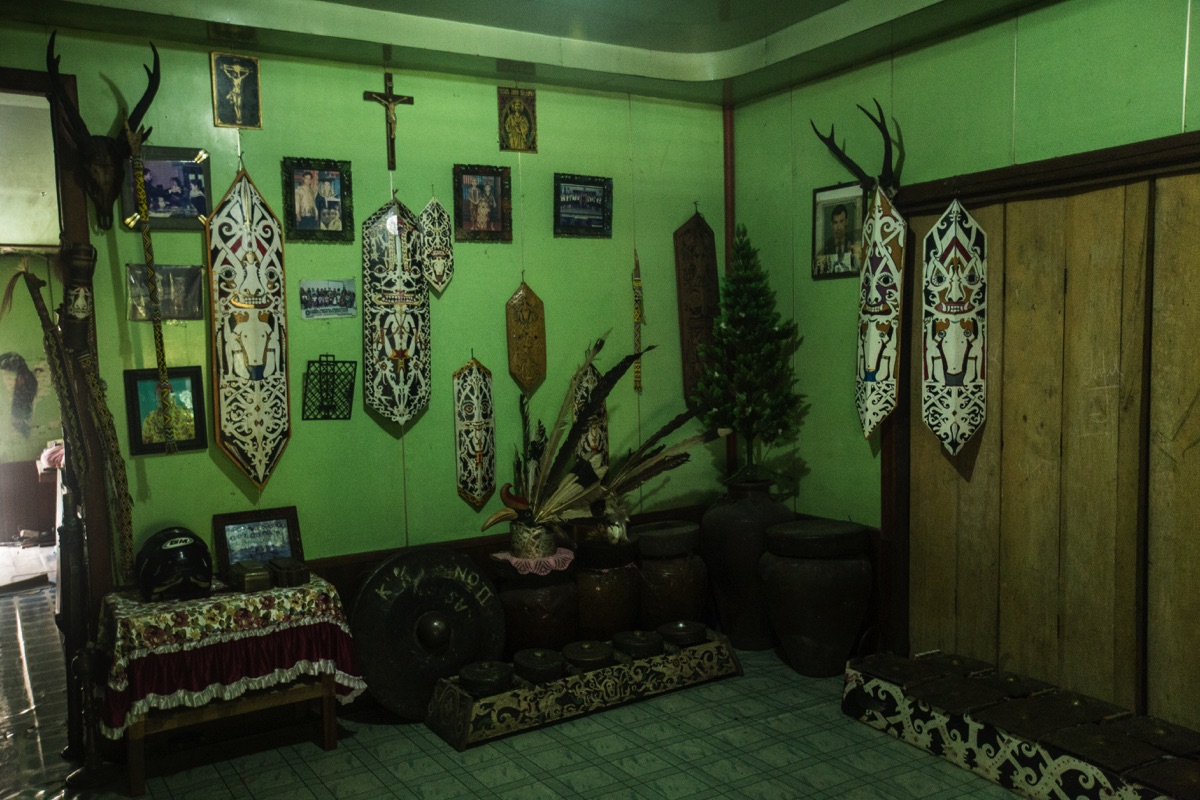
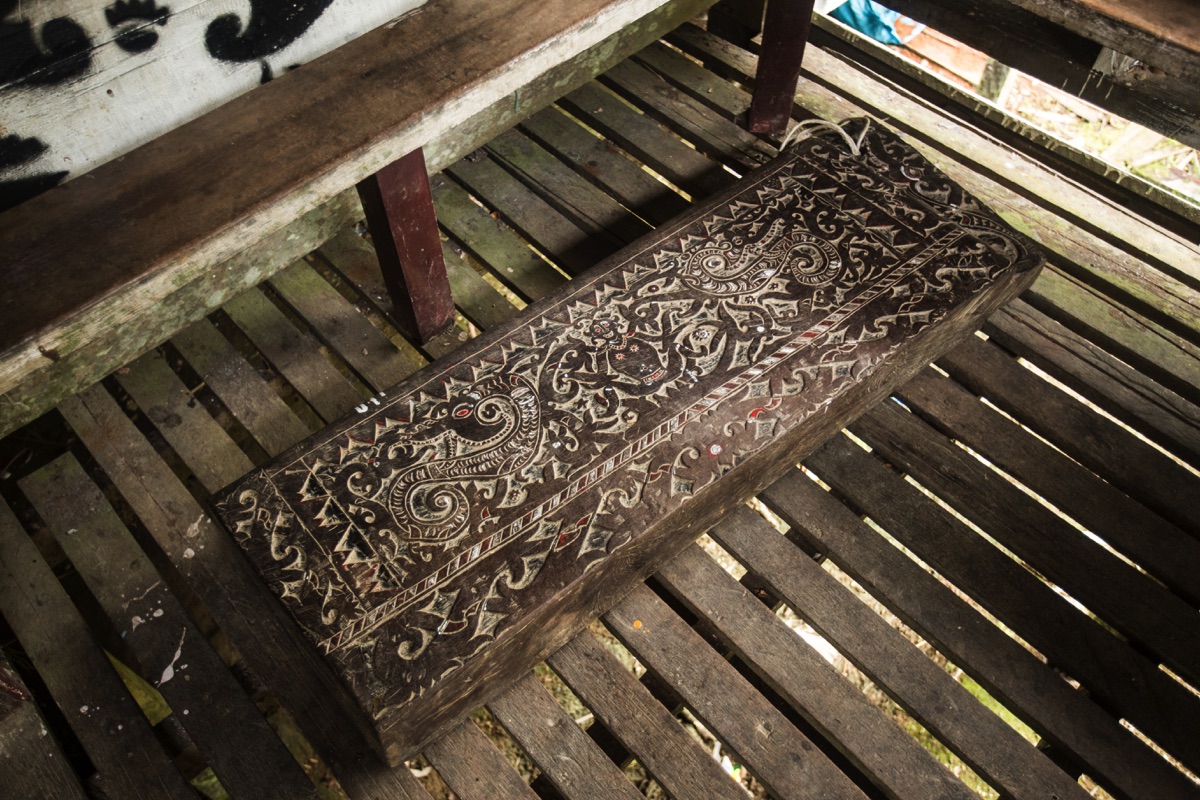
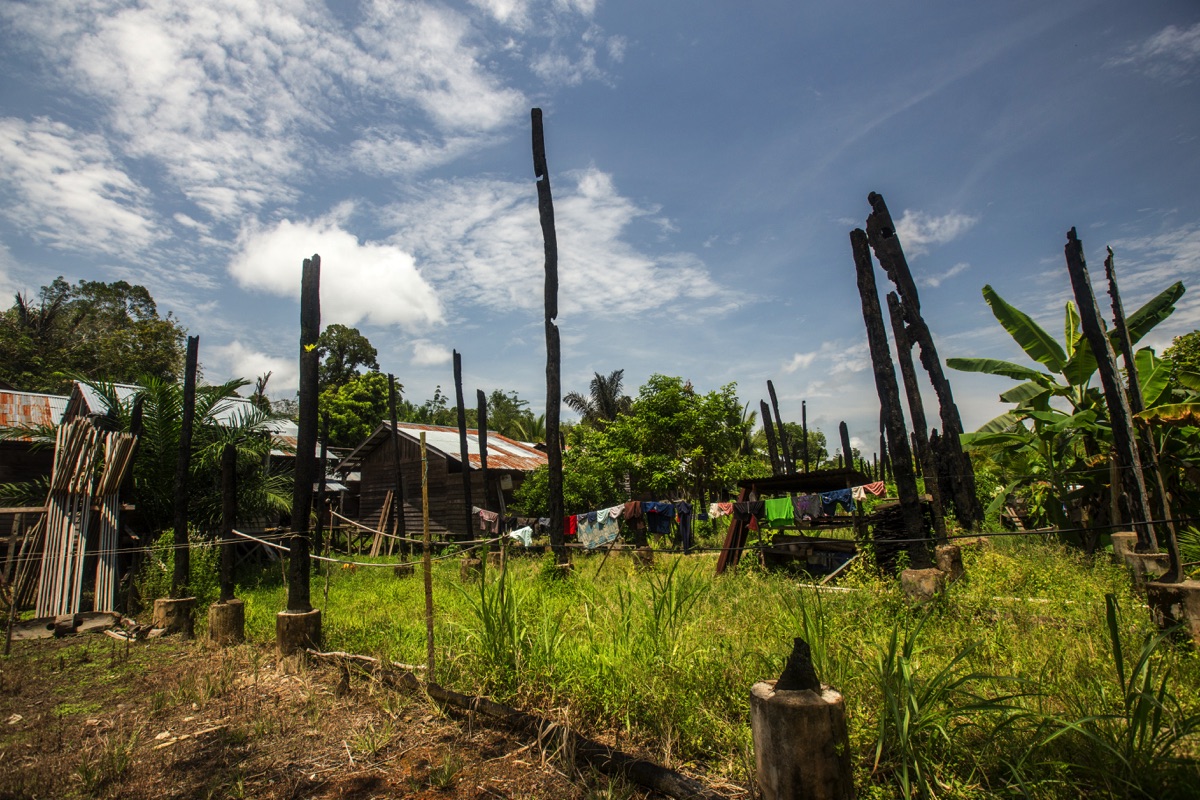
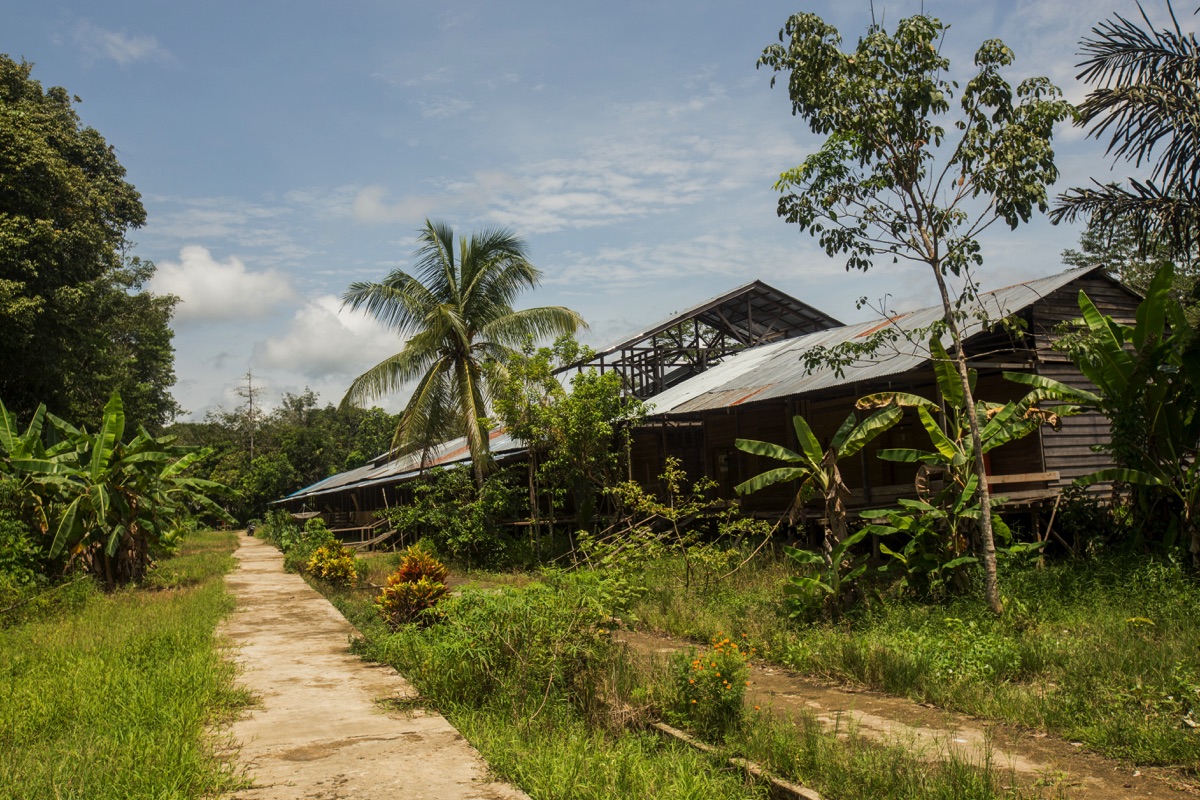
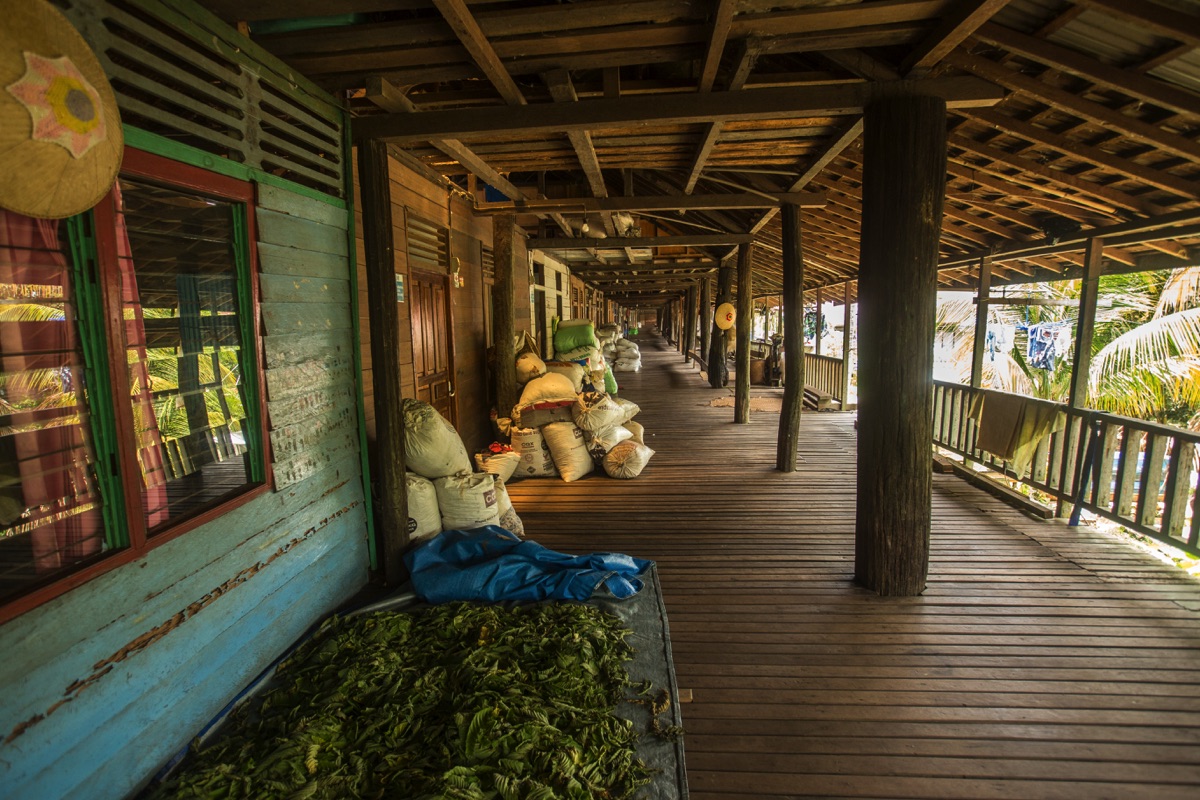
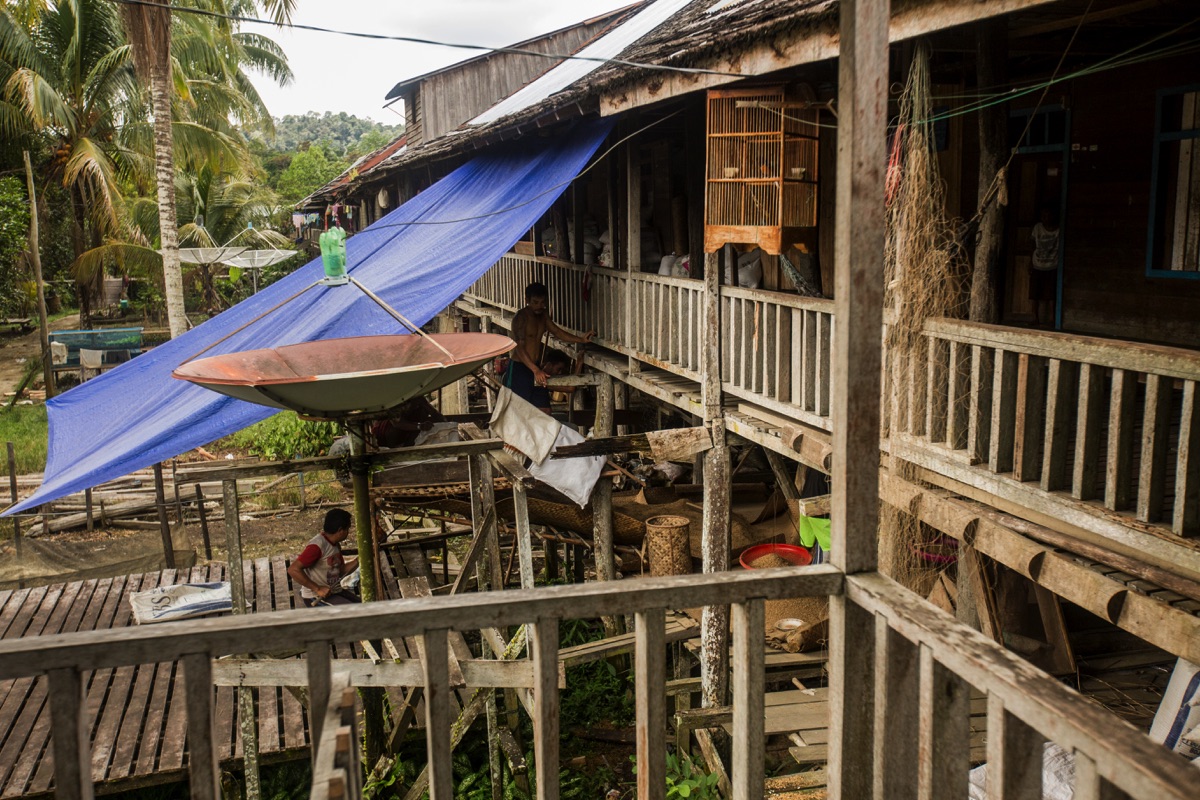
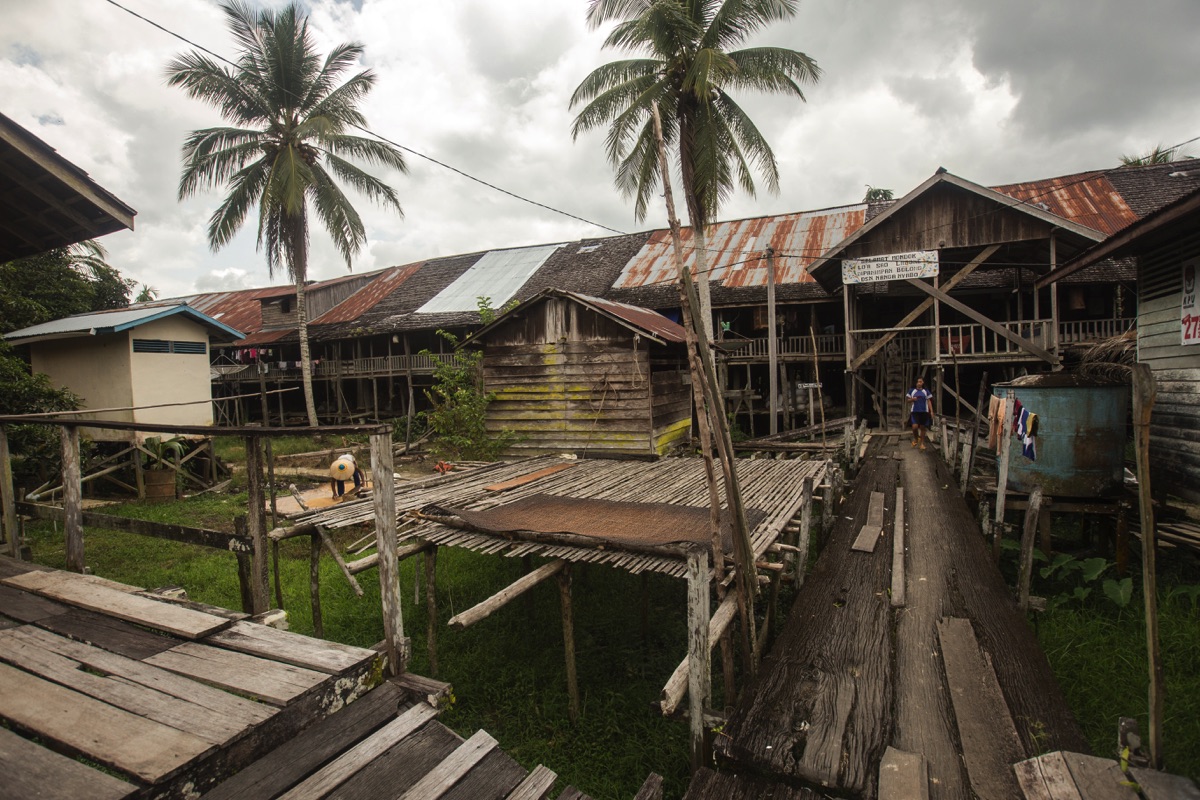
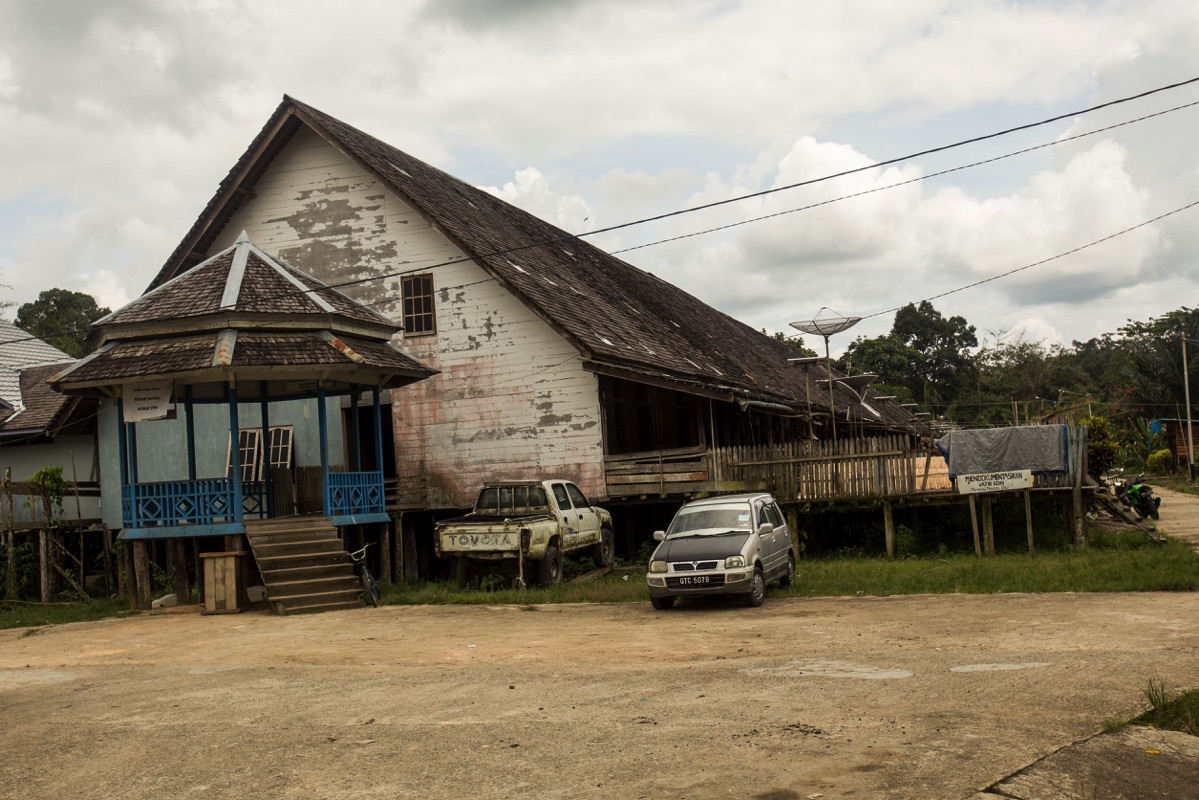
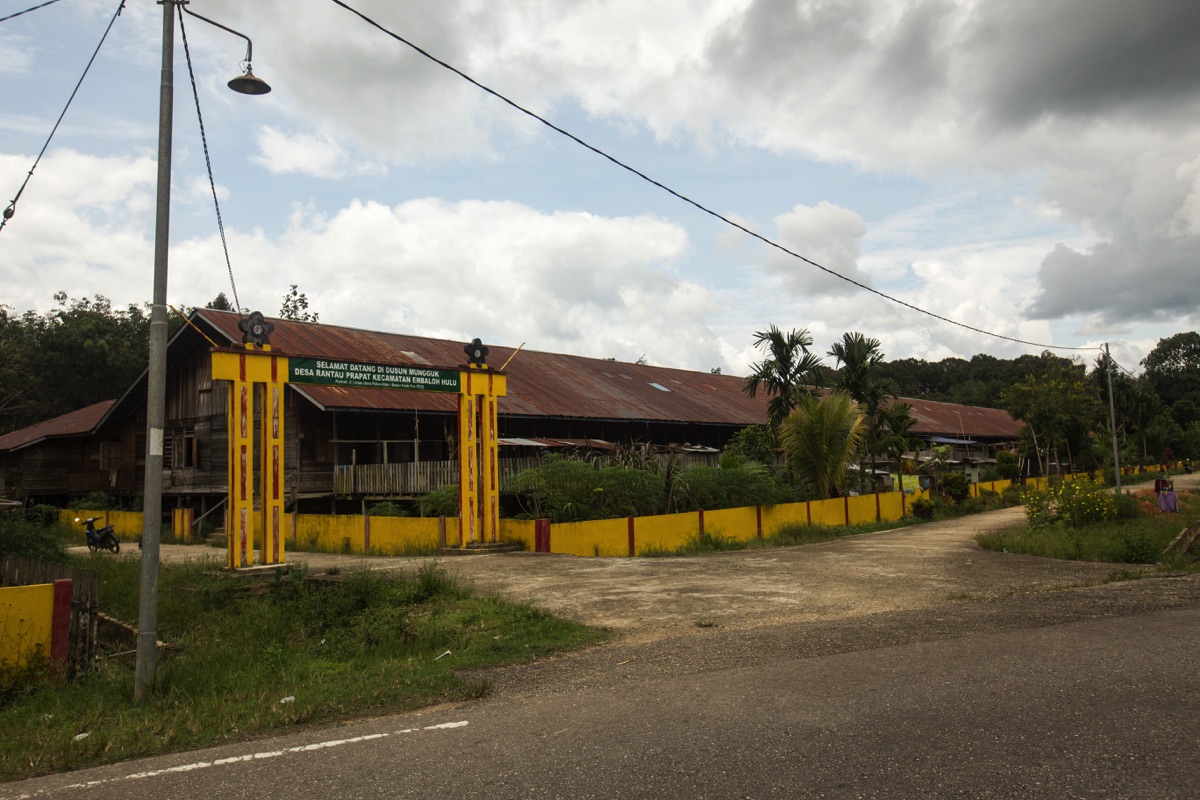
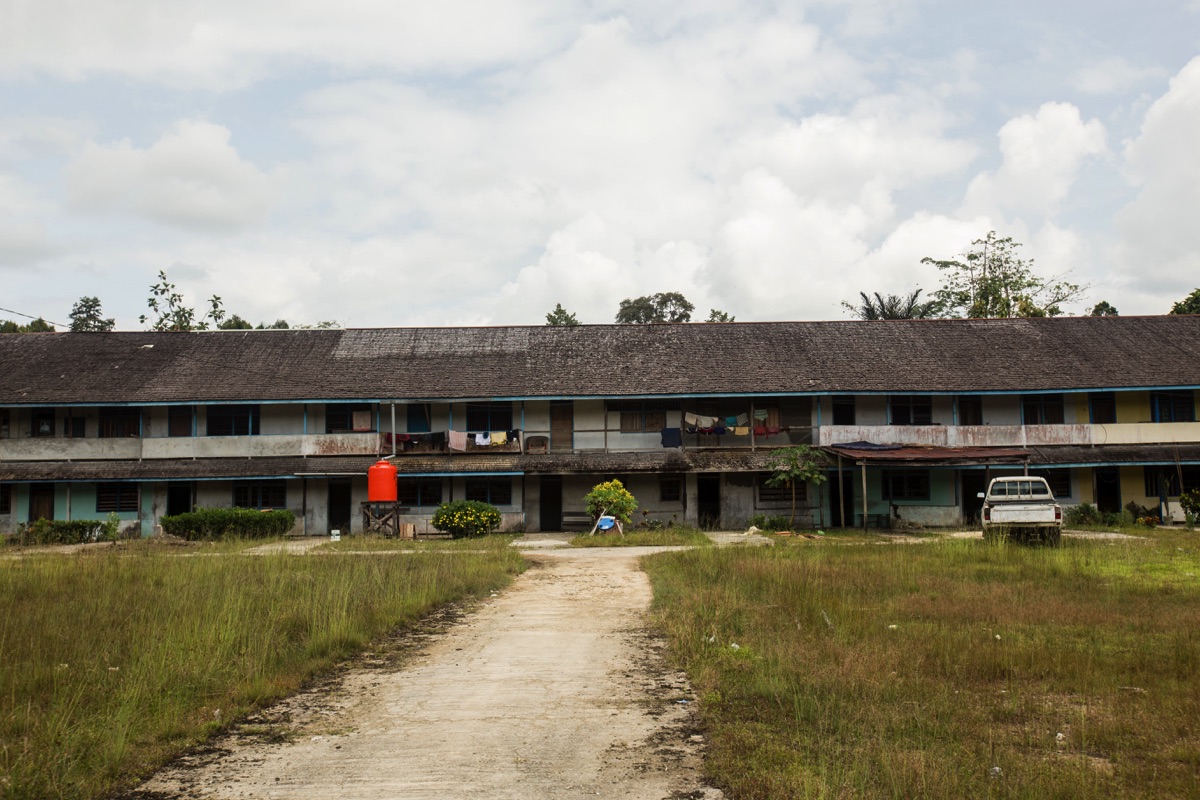
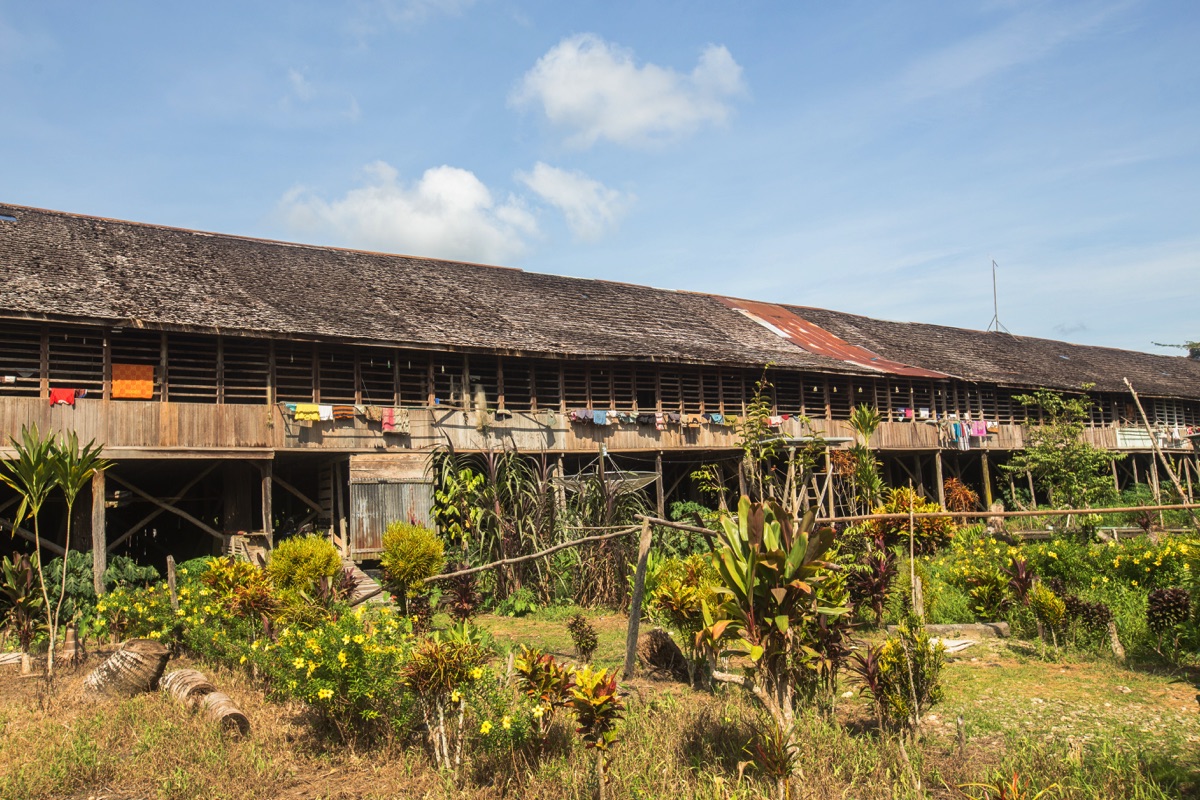
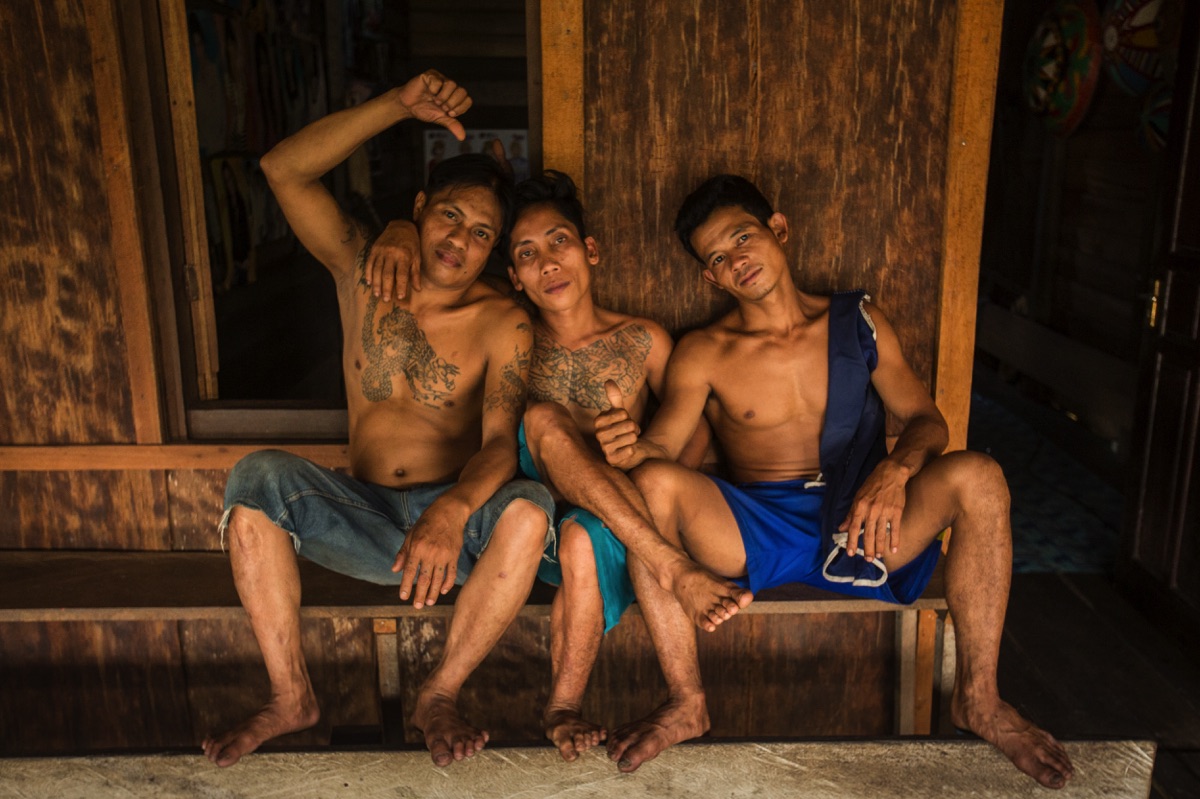
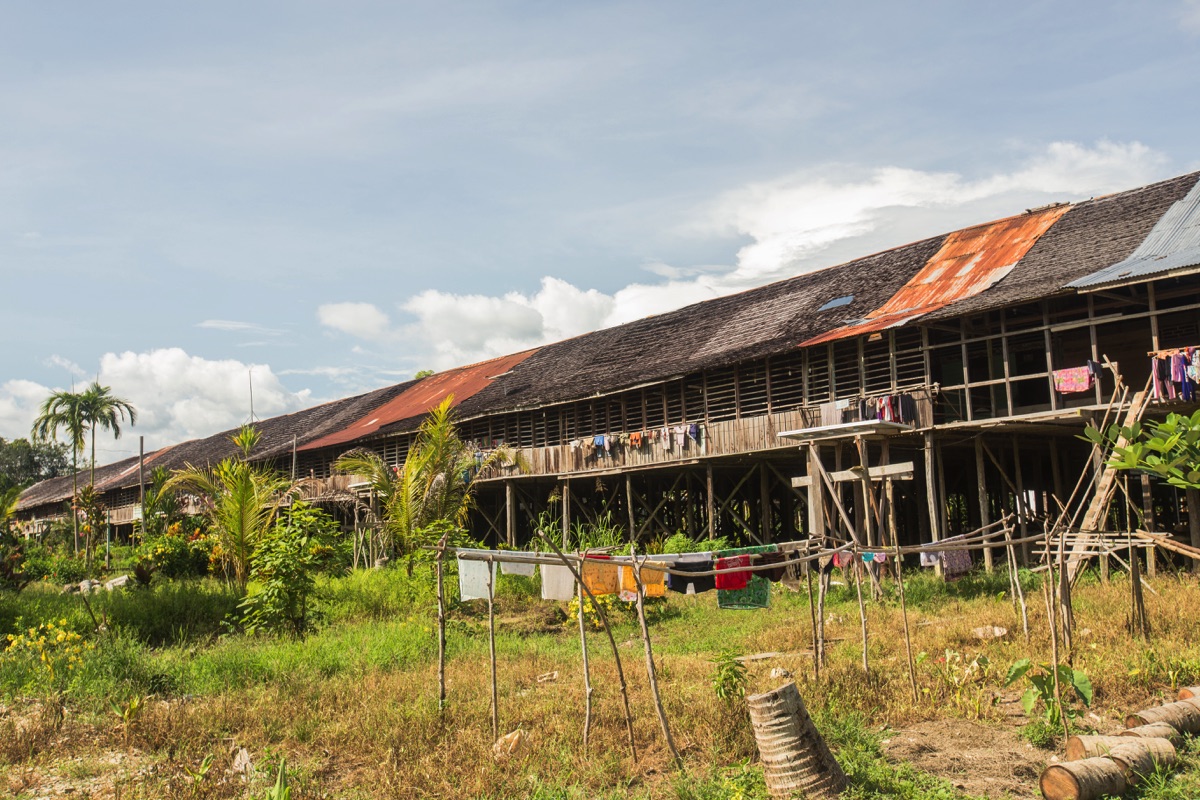
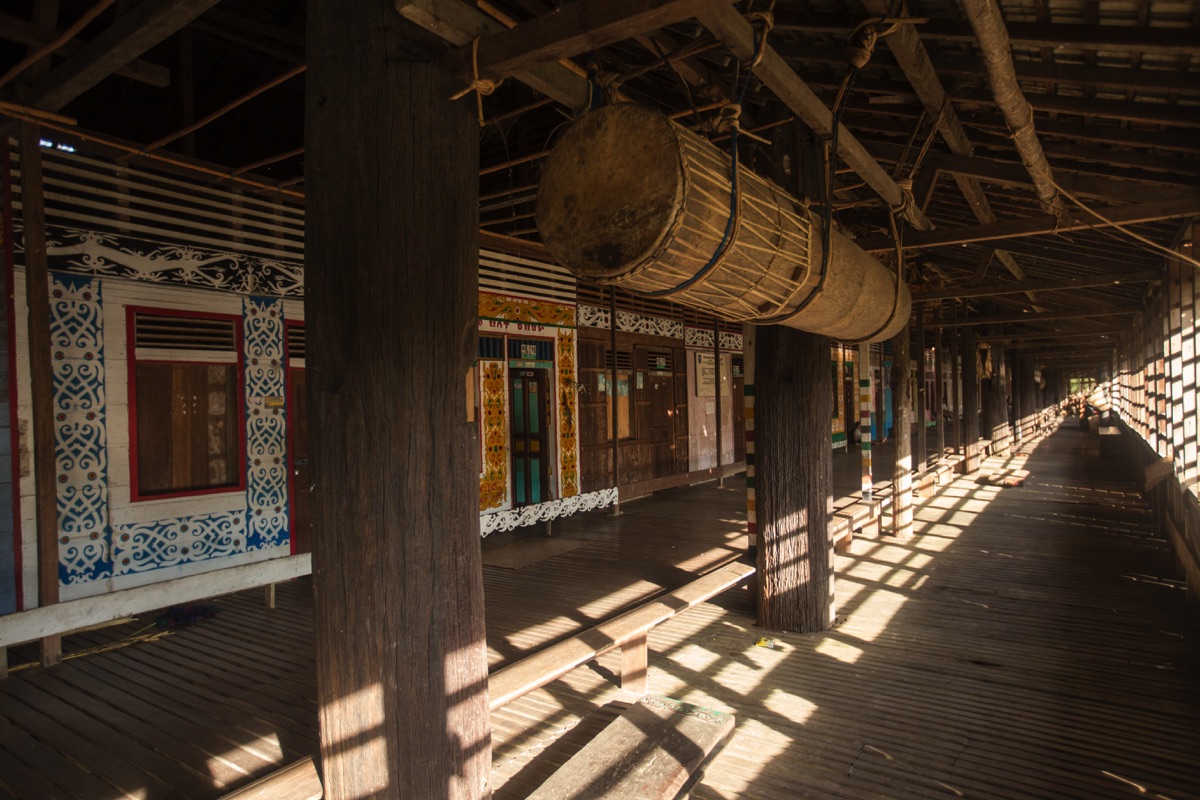
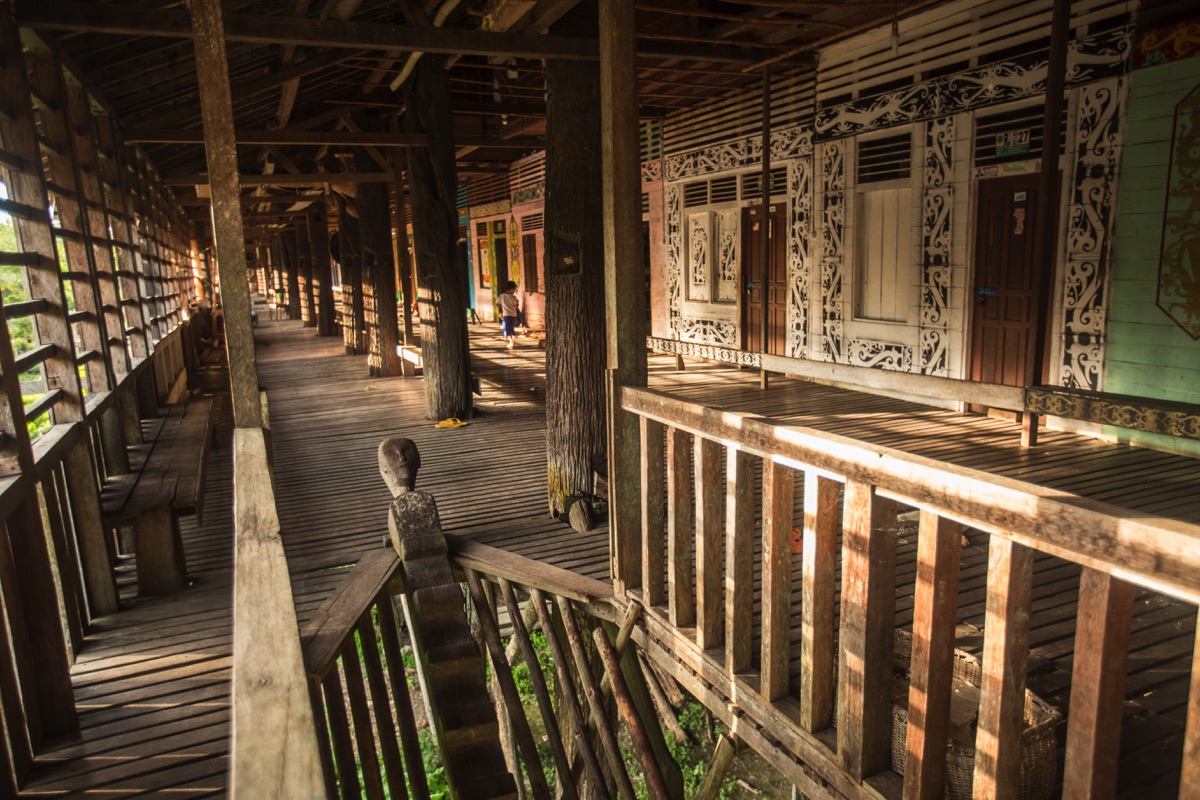
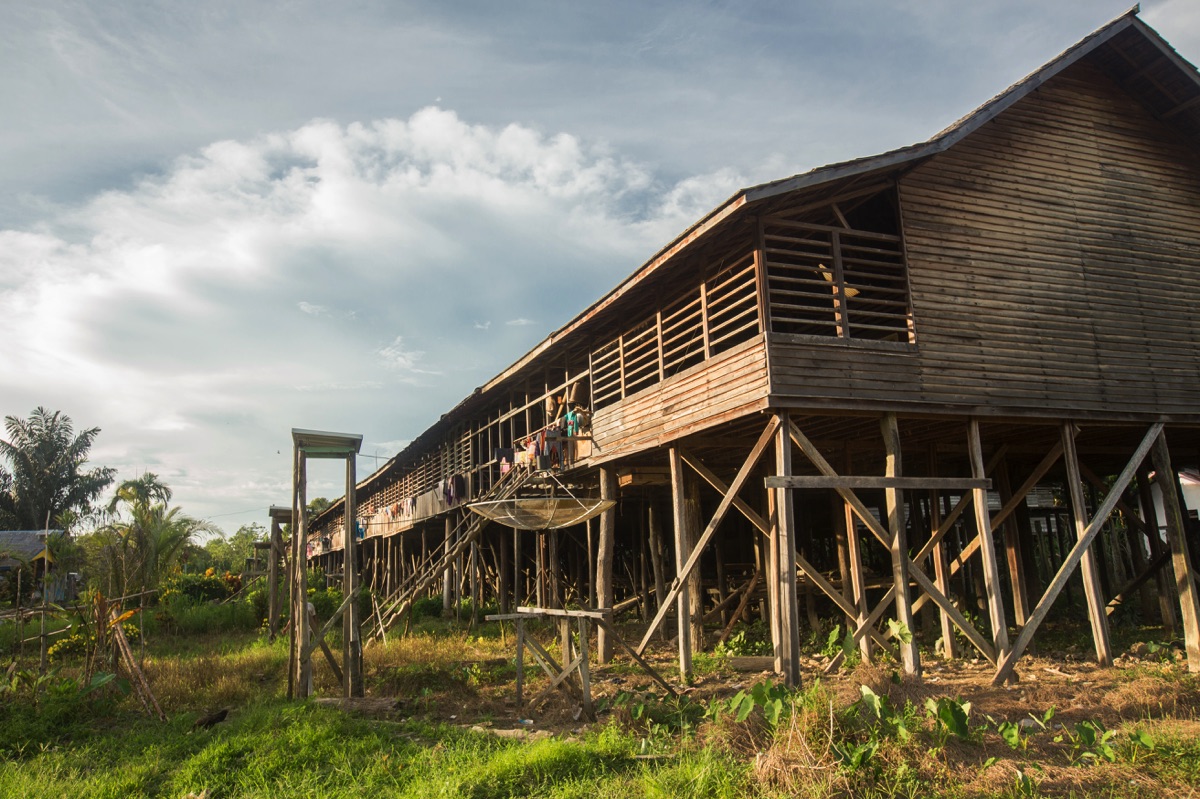
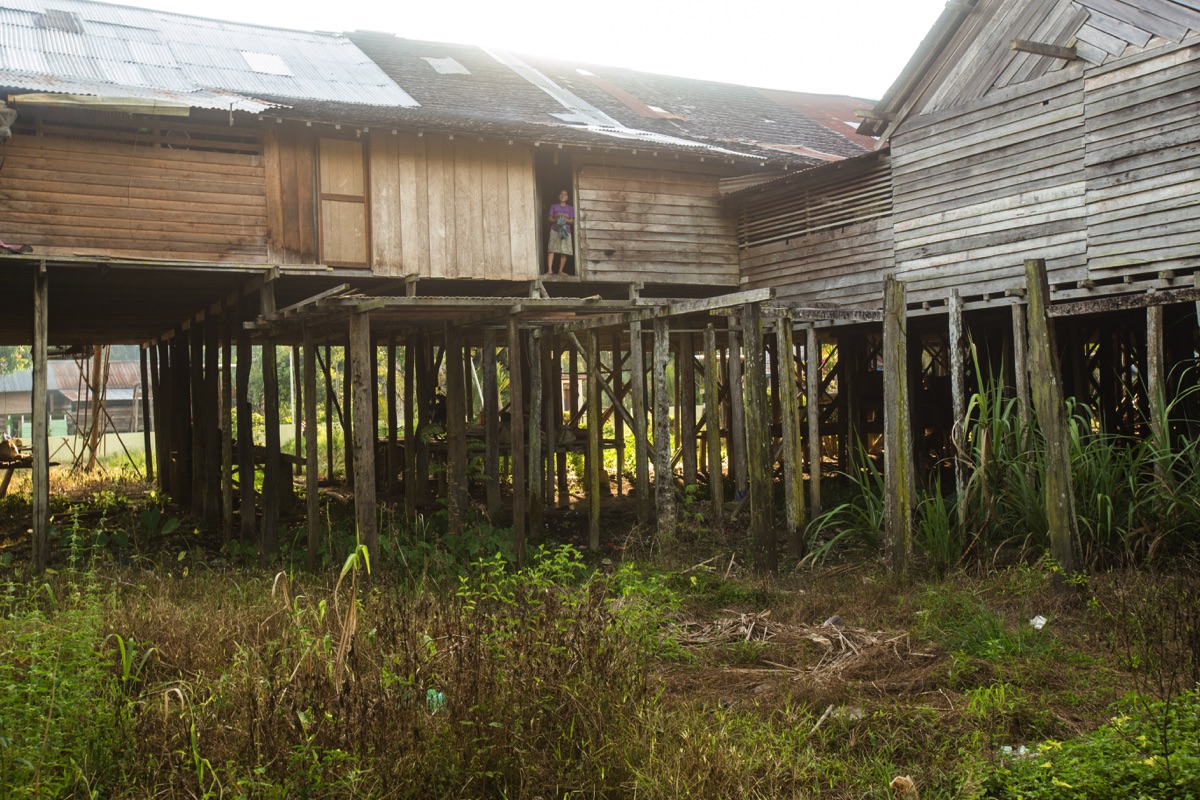
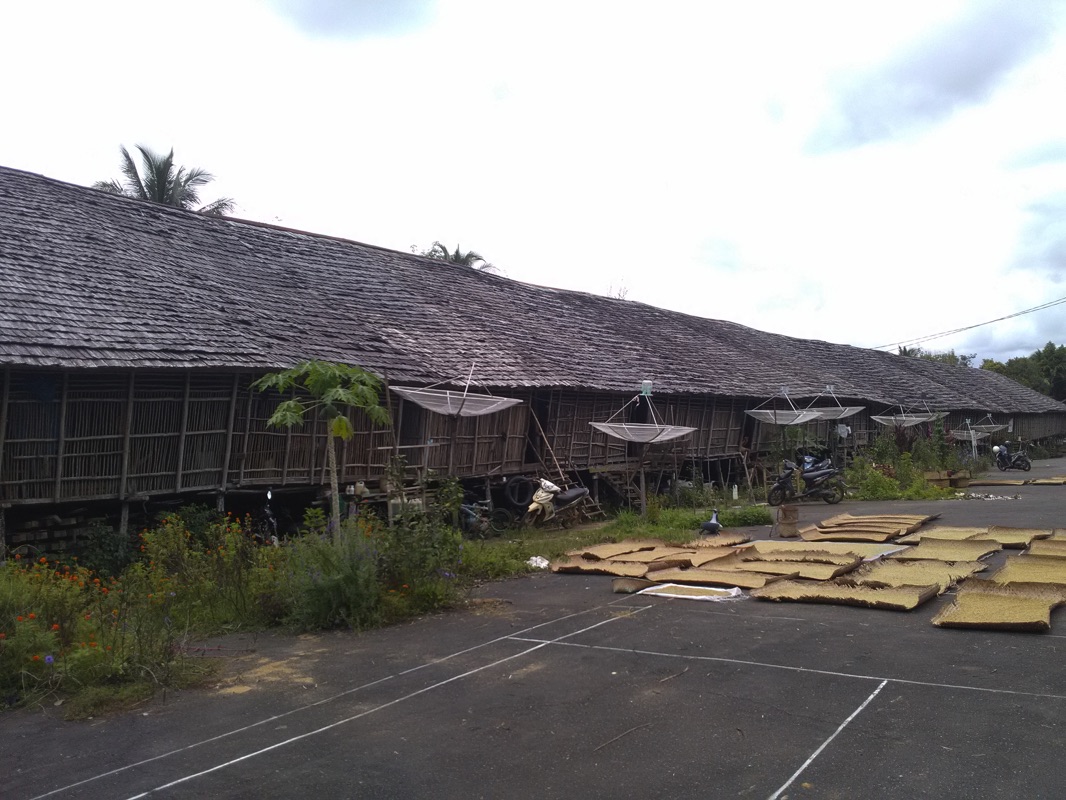
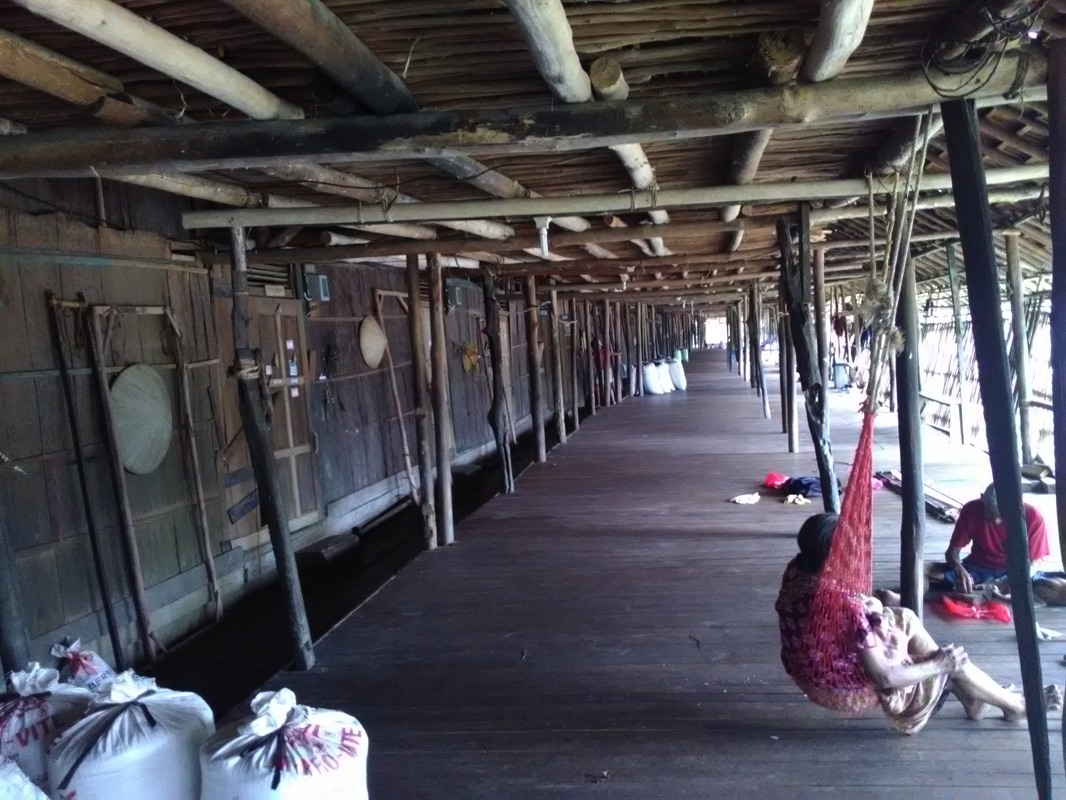
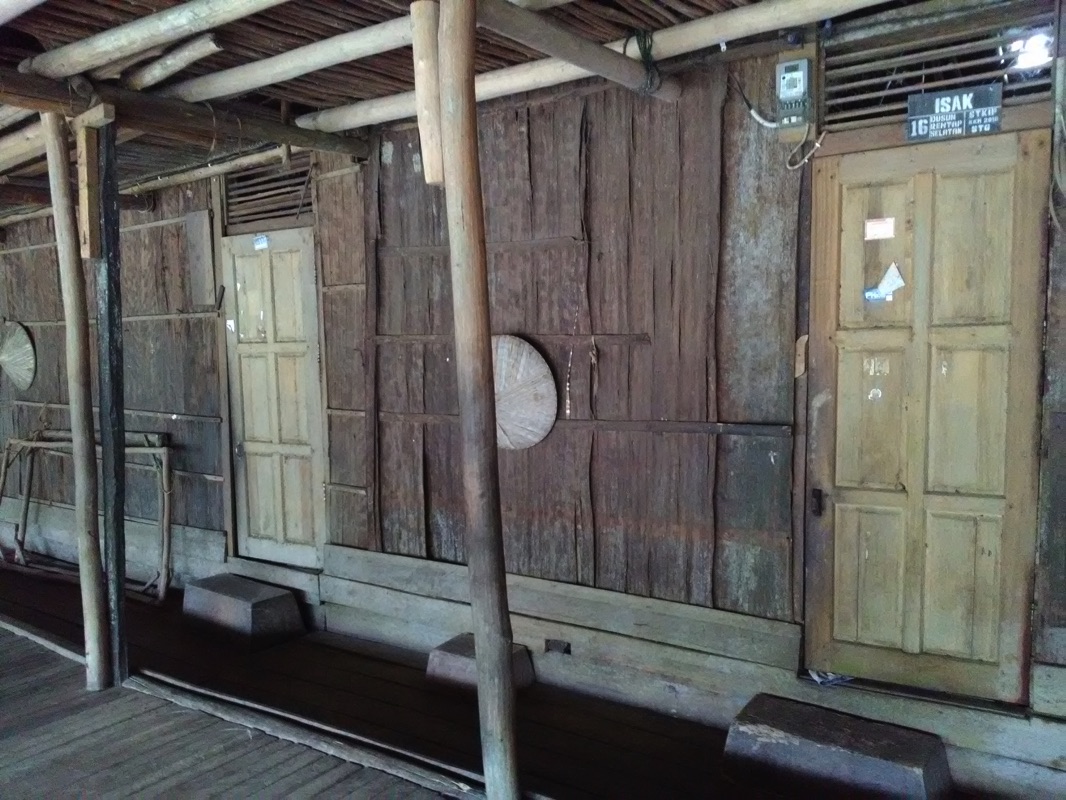
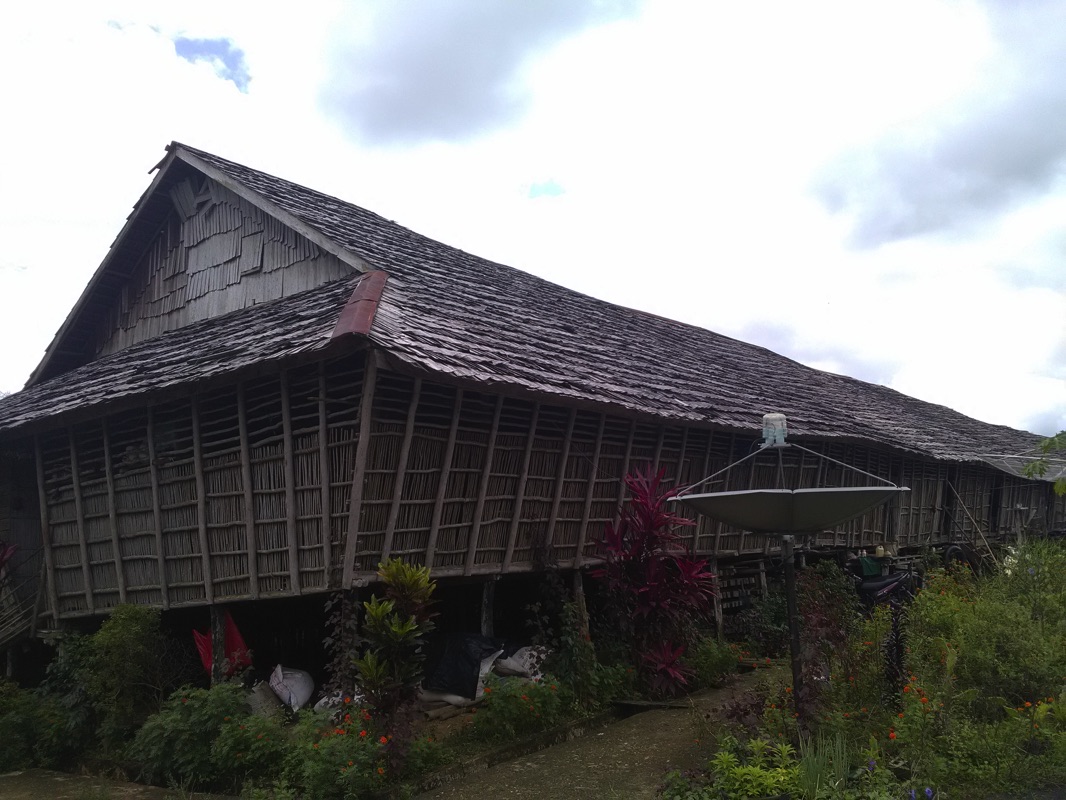
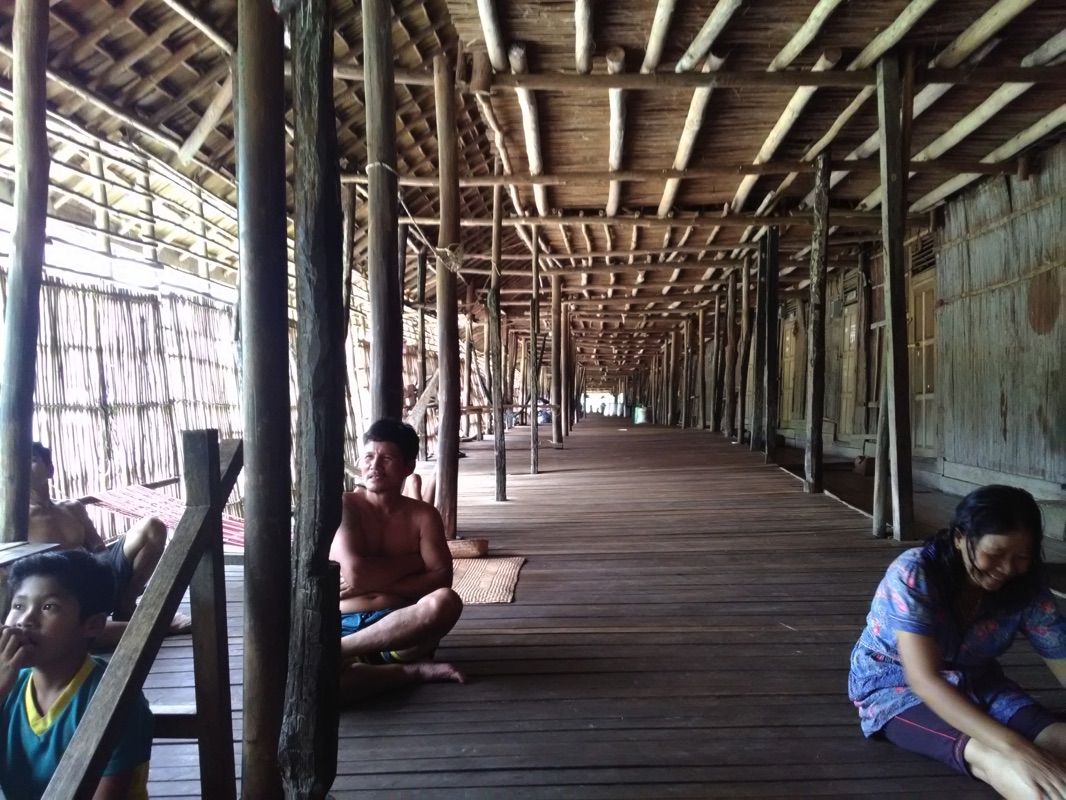
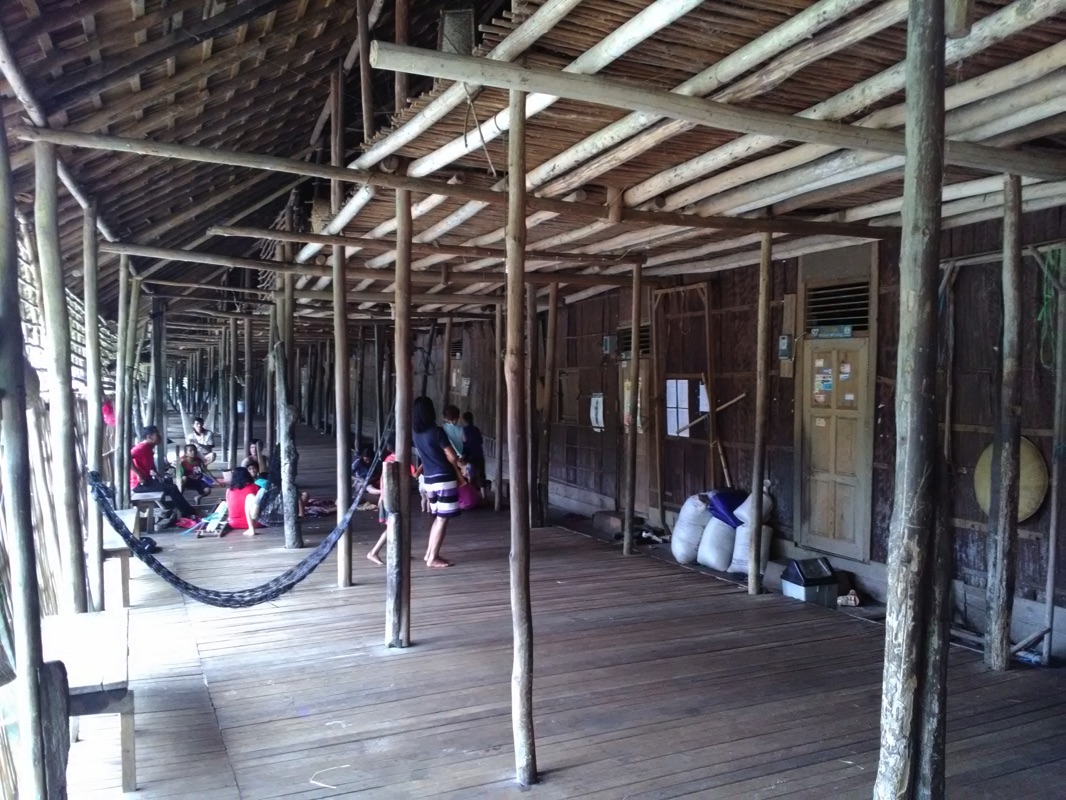
Leave a Reply